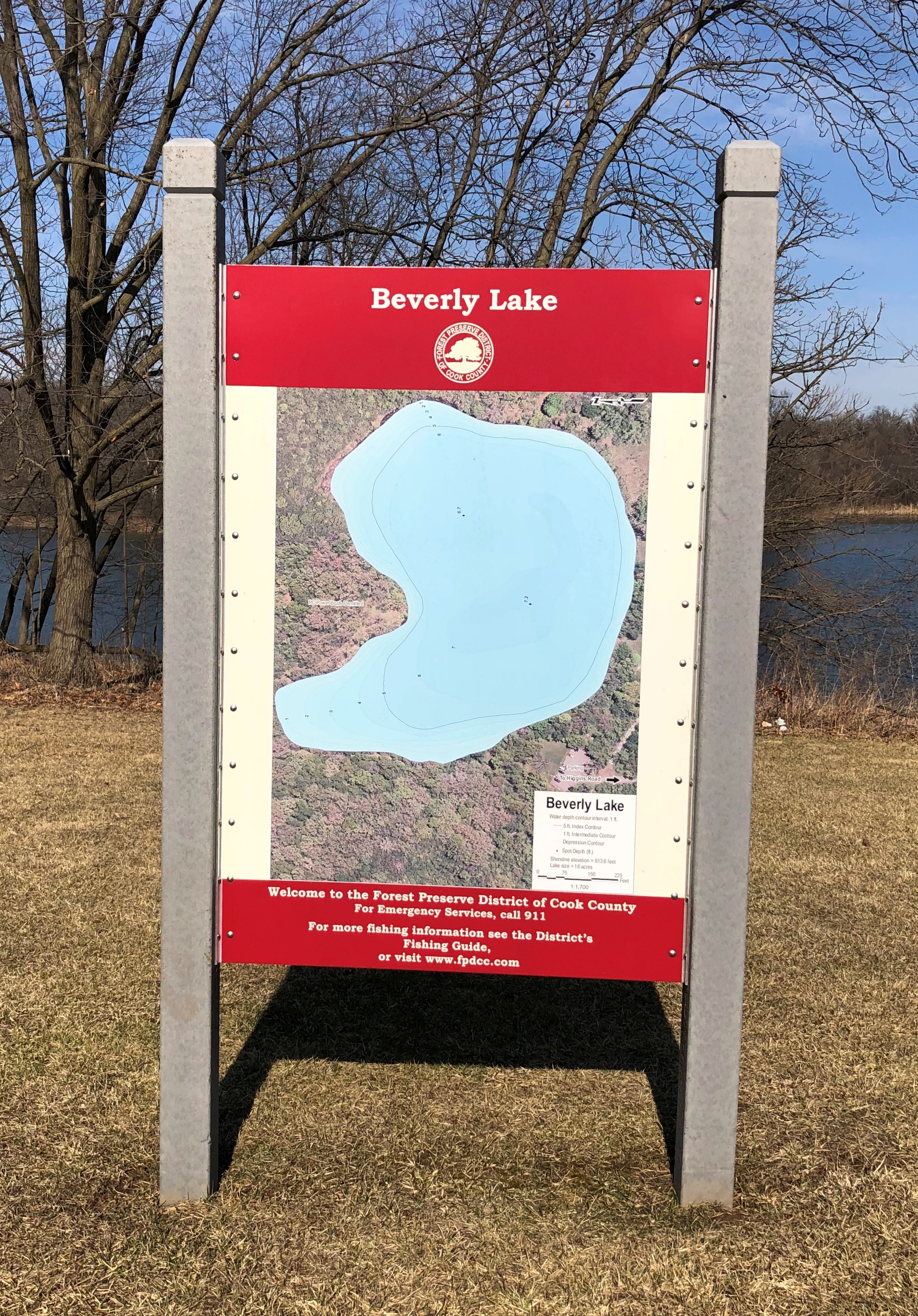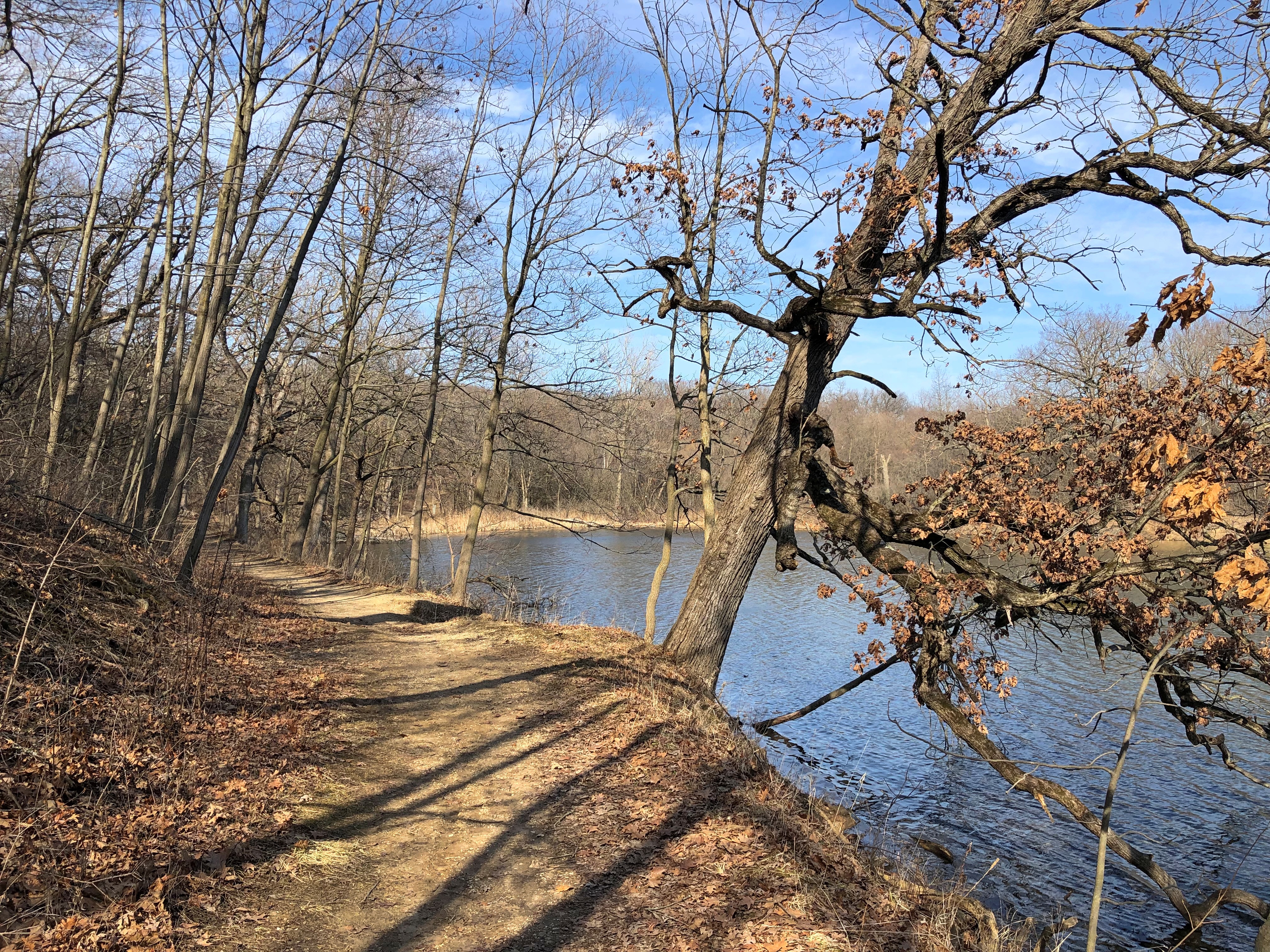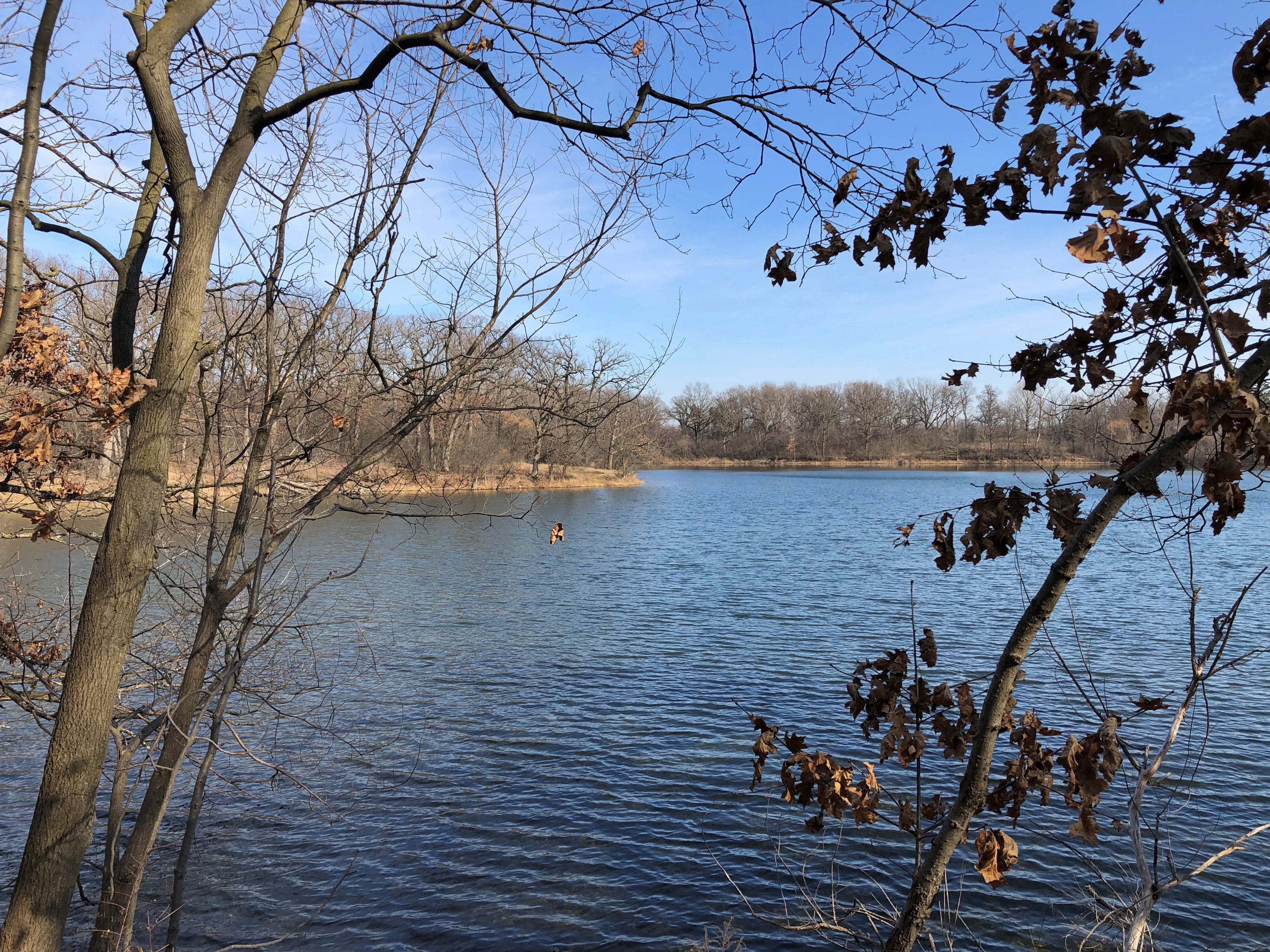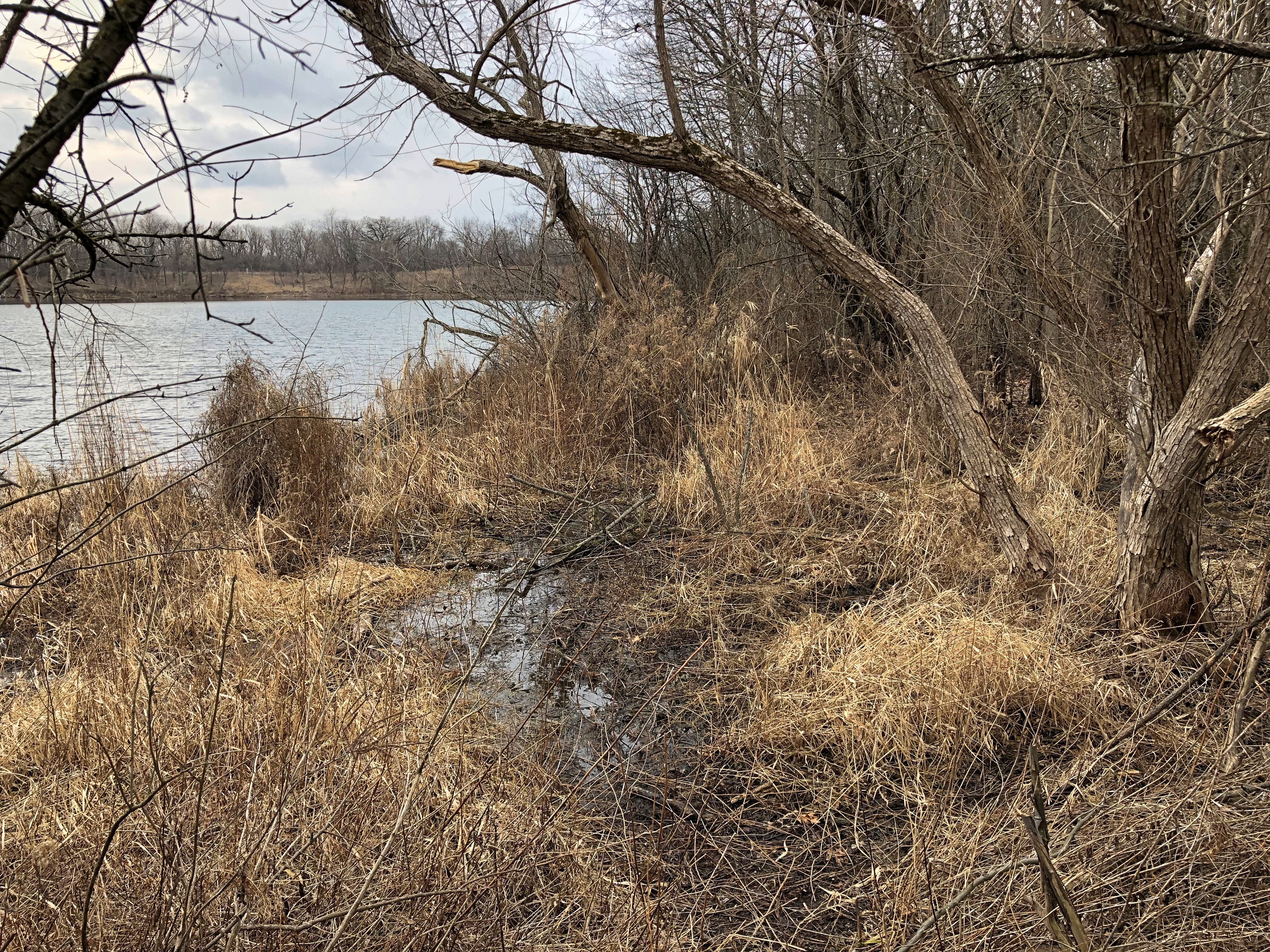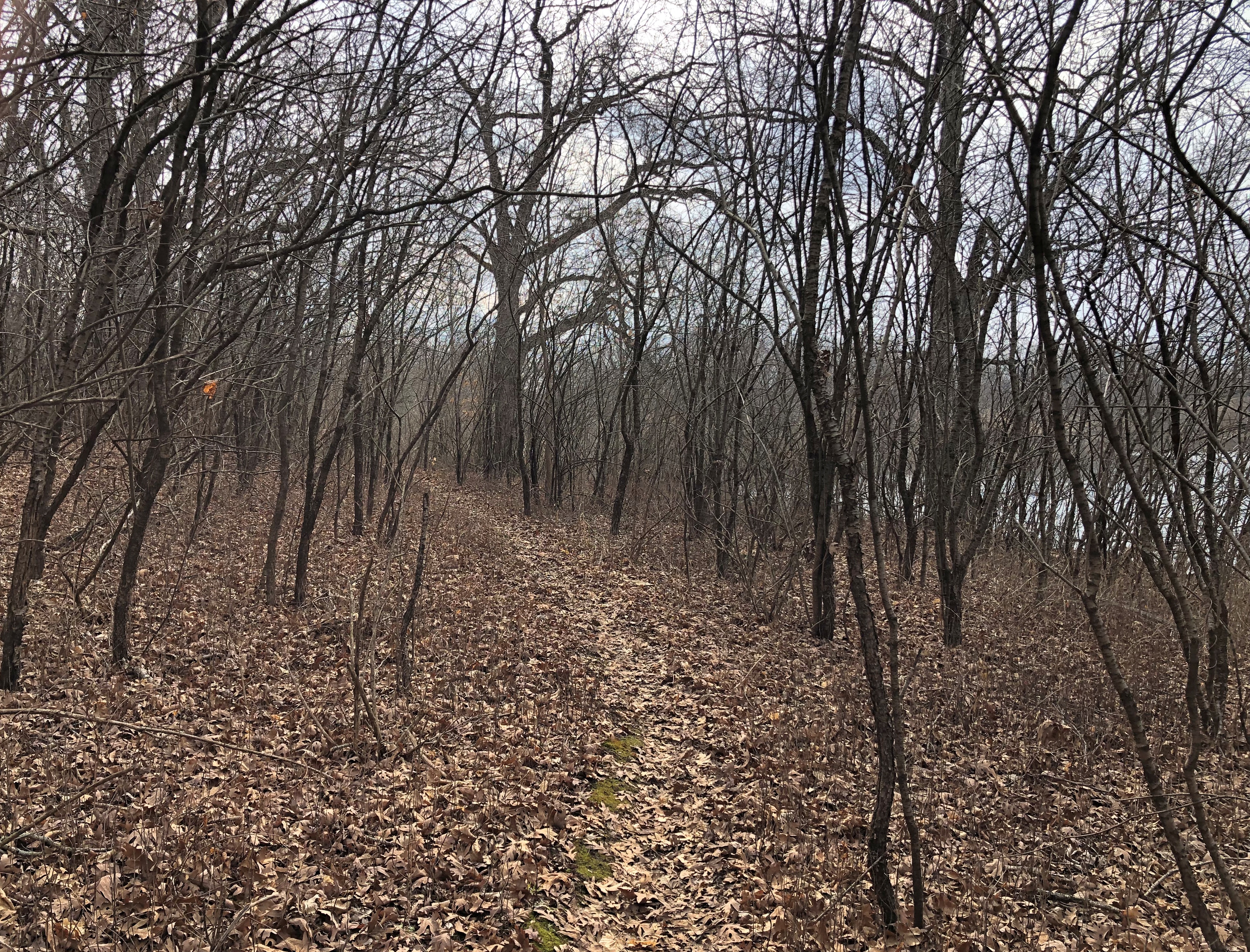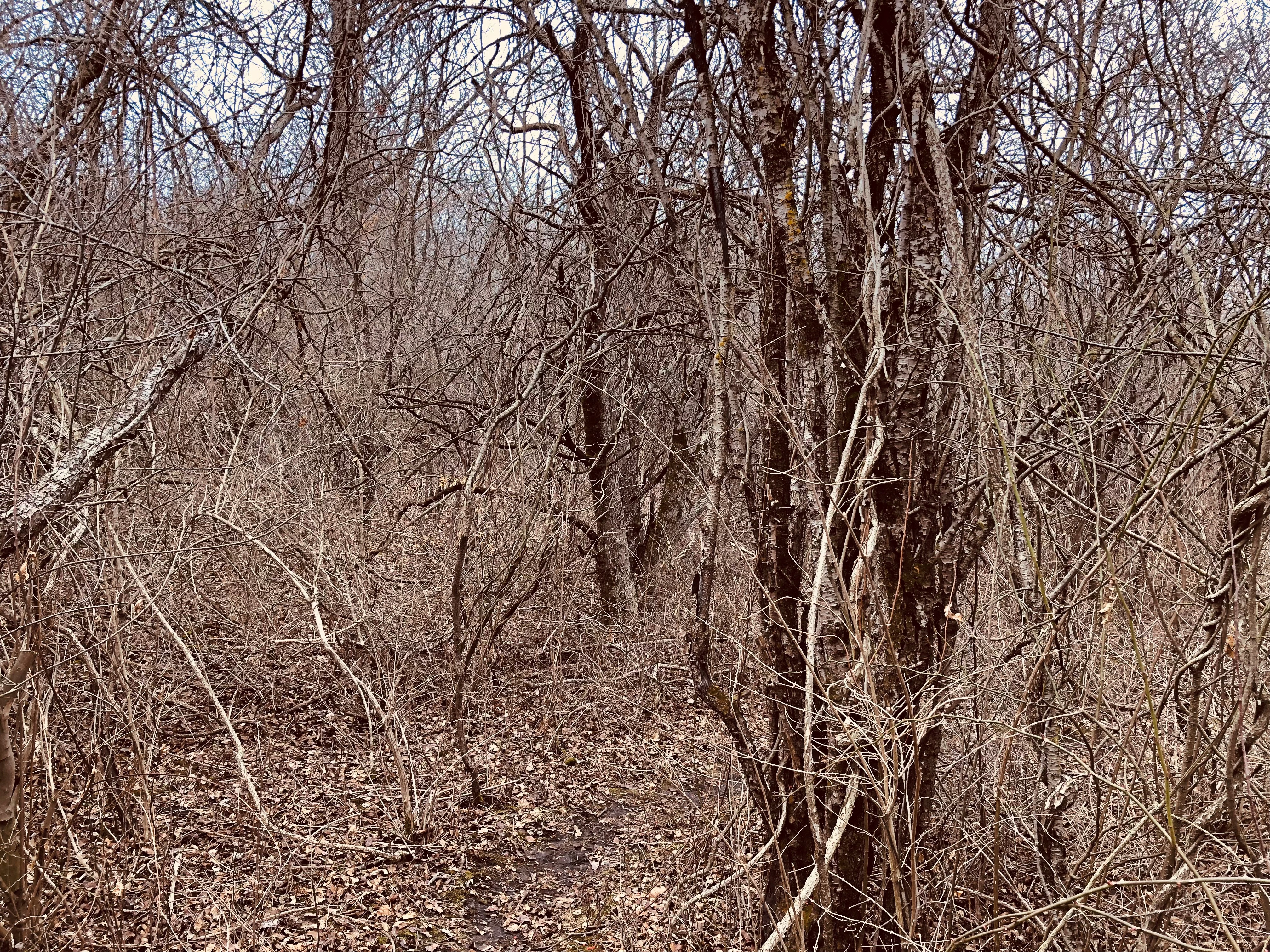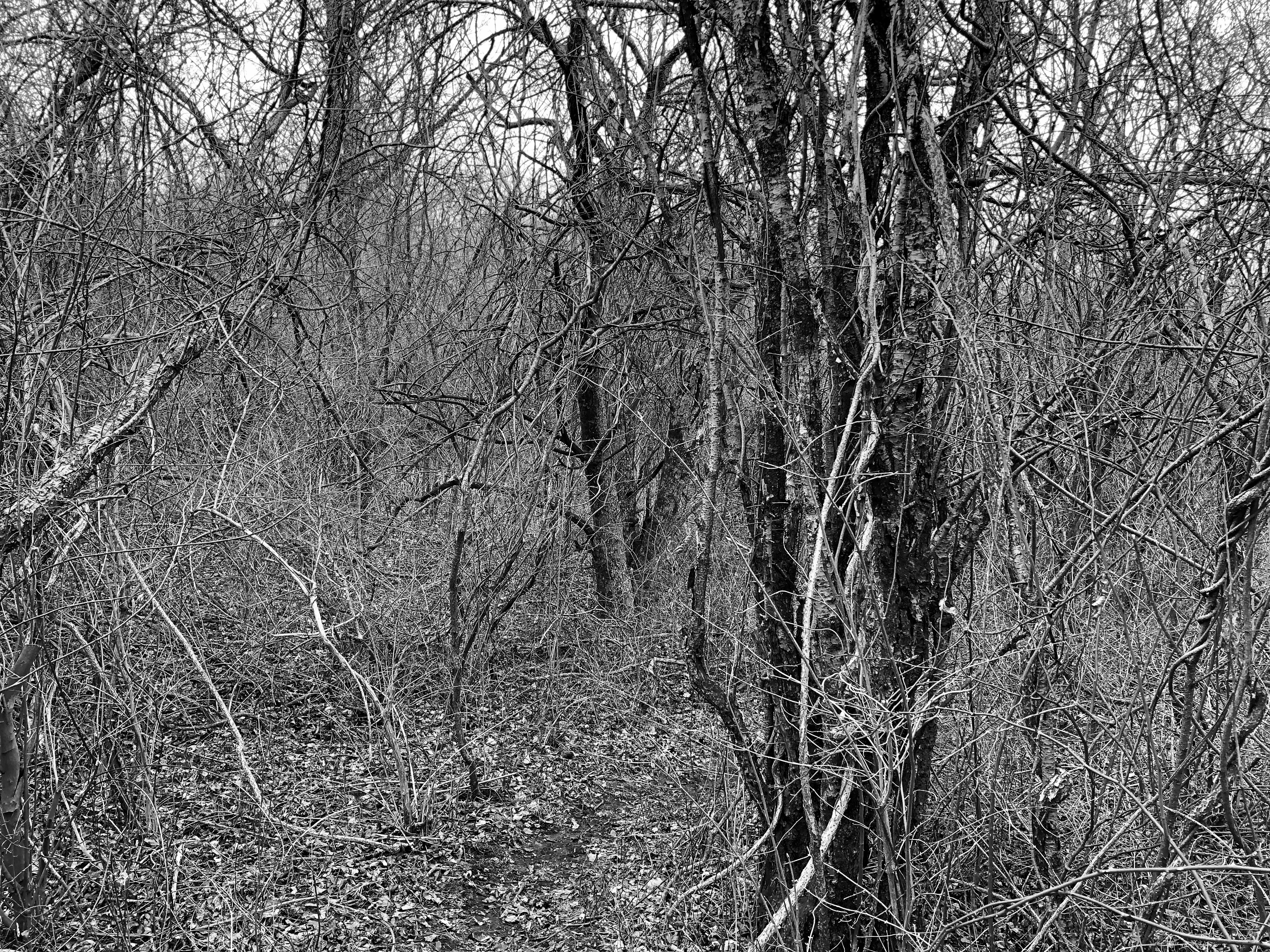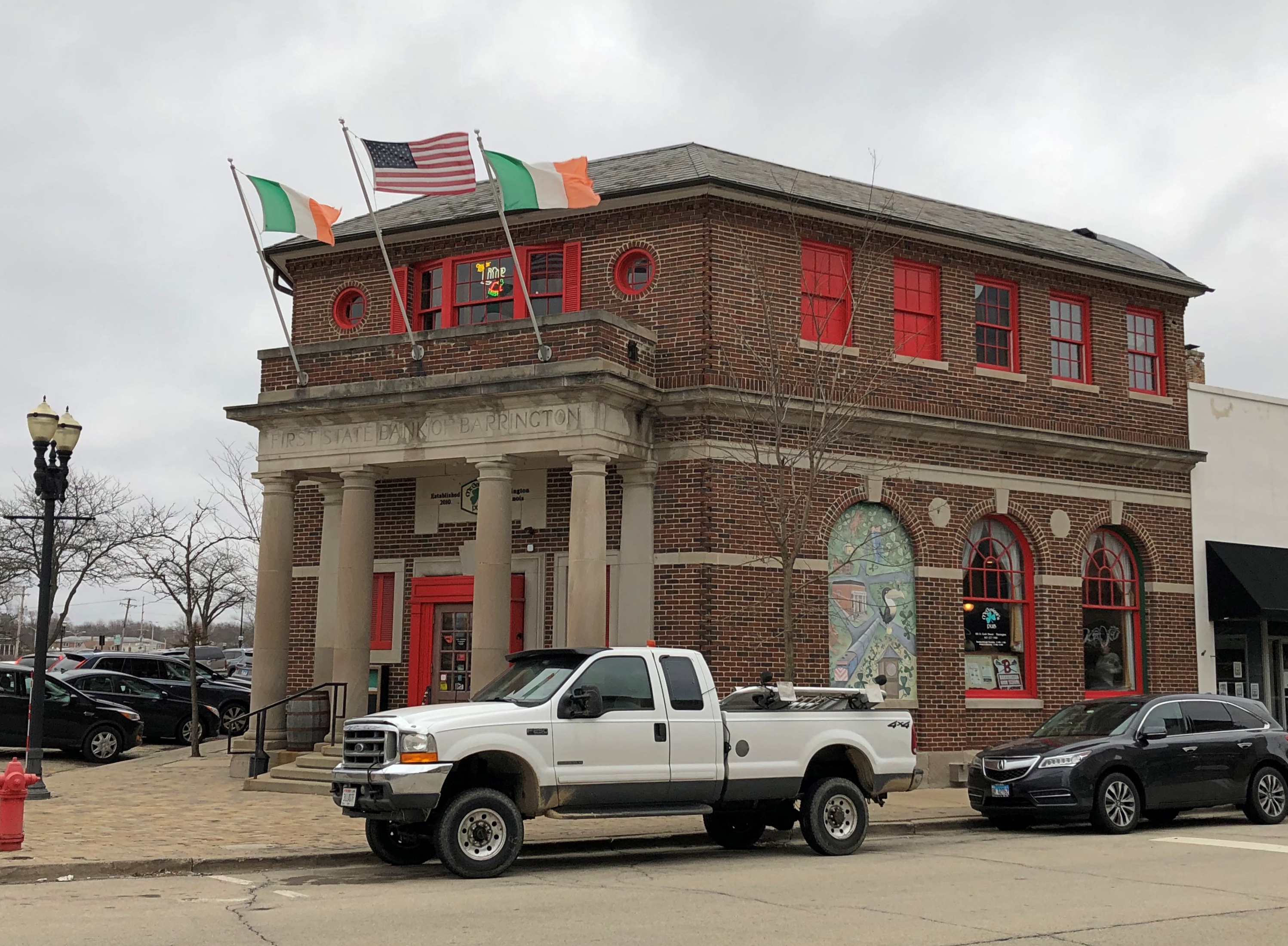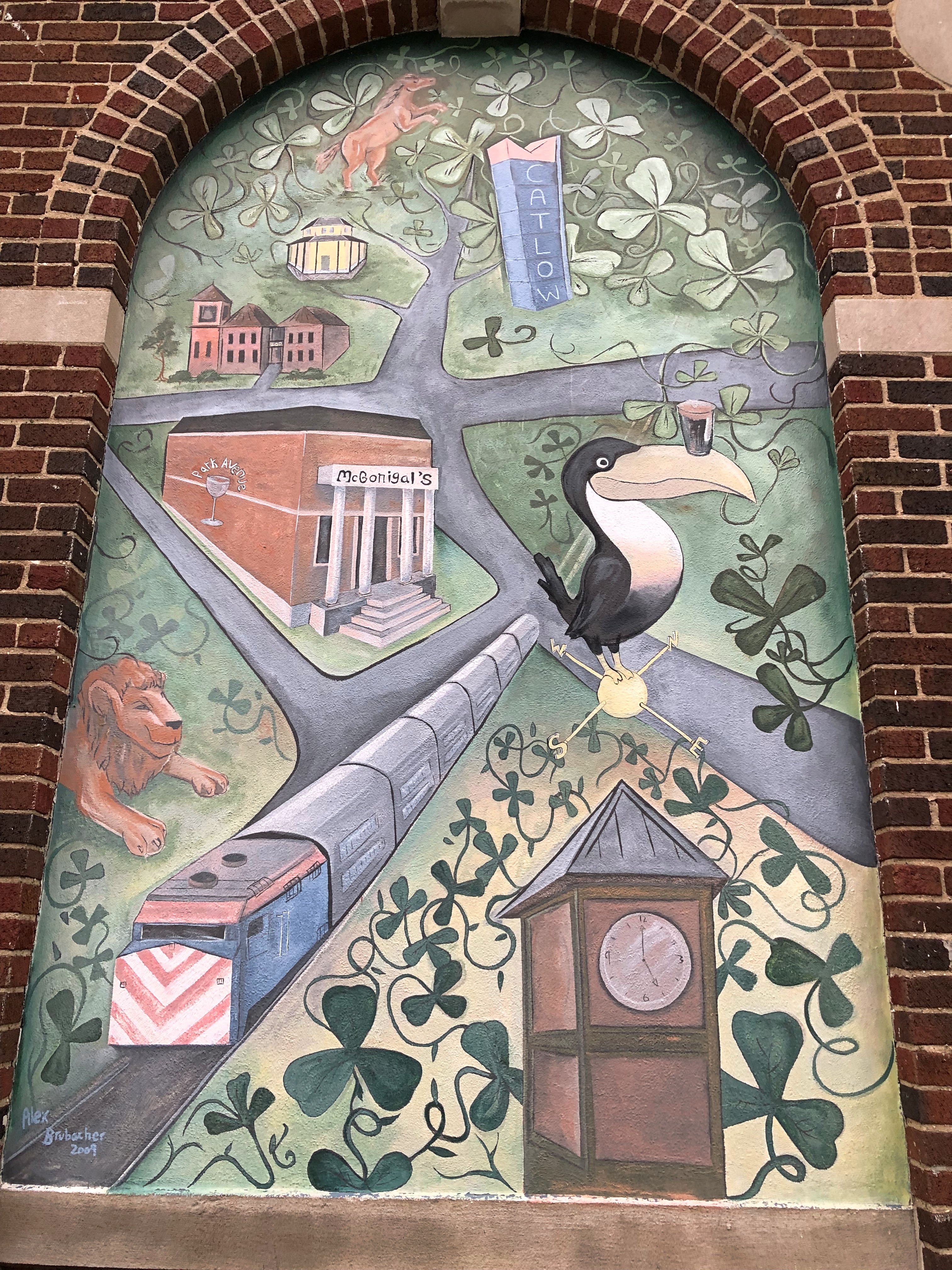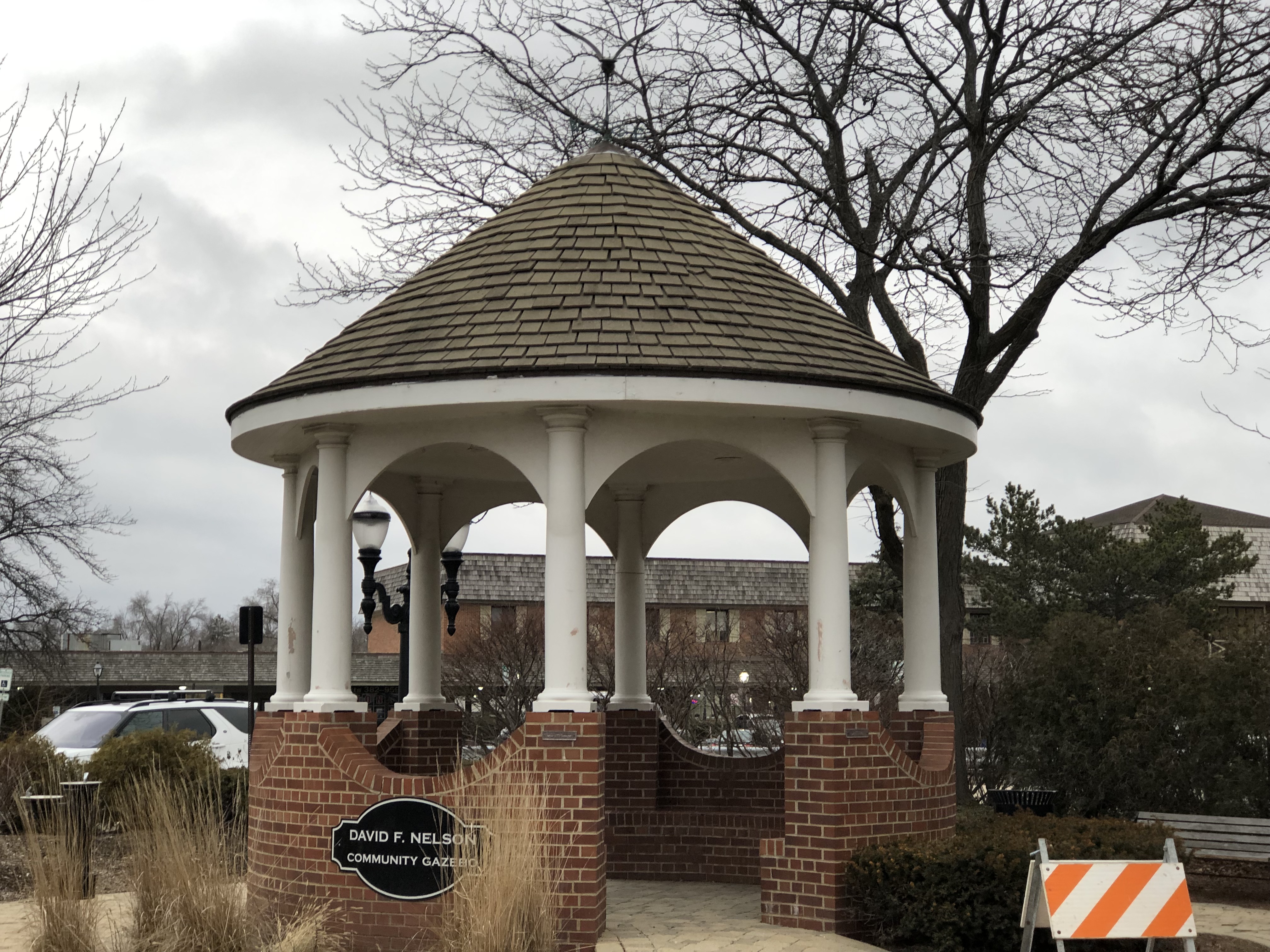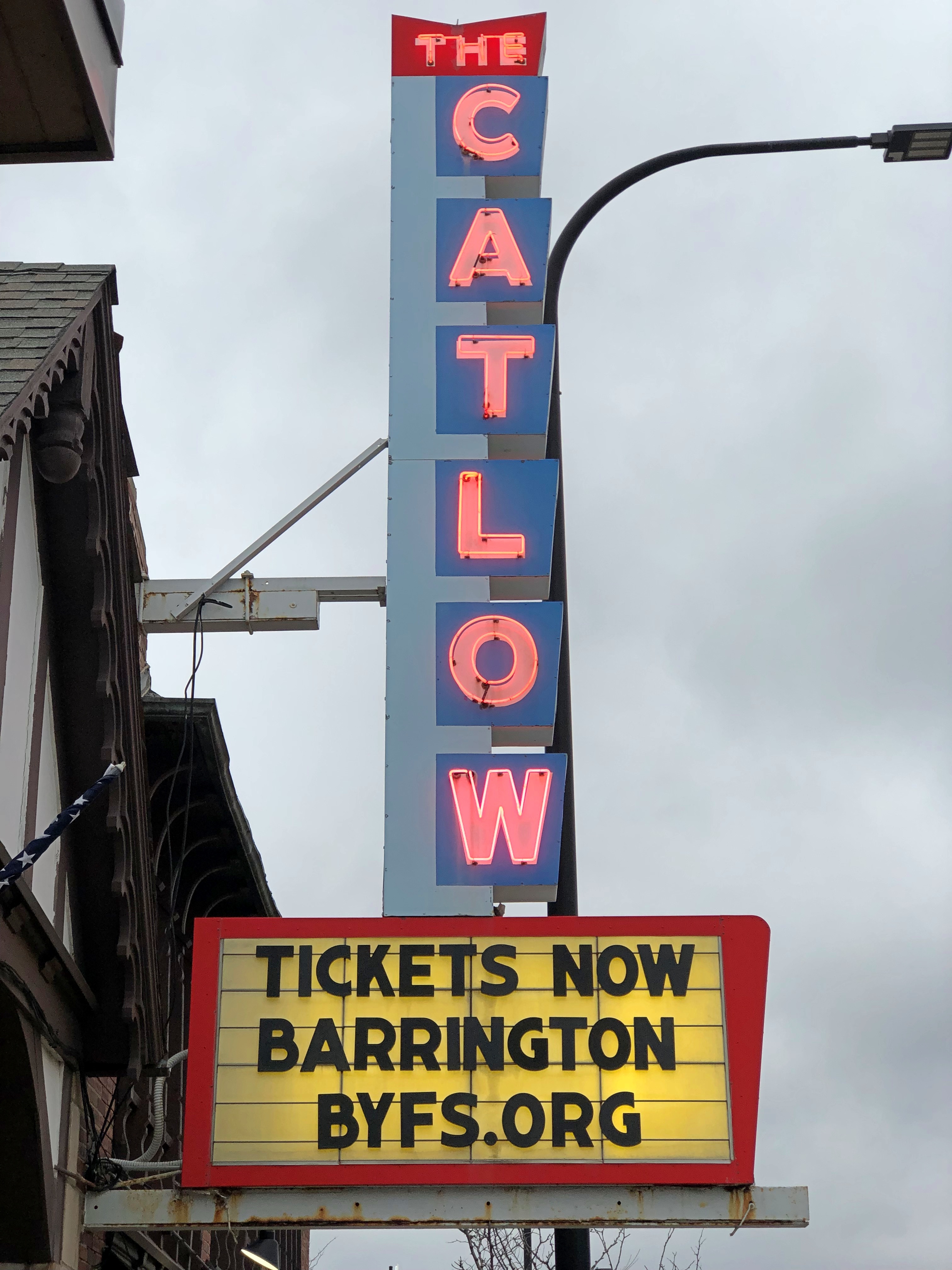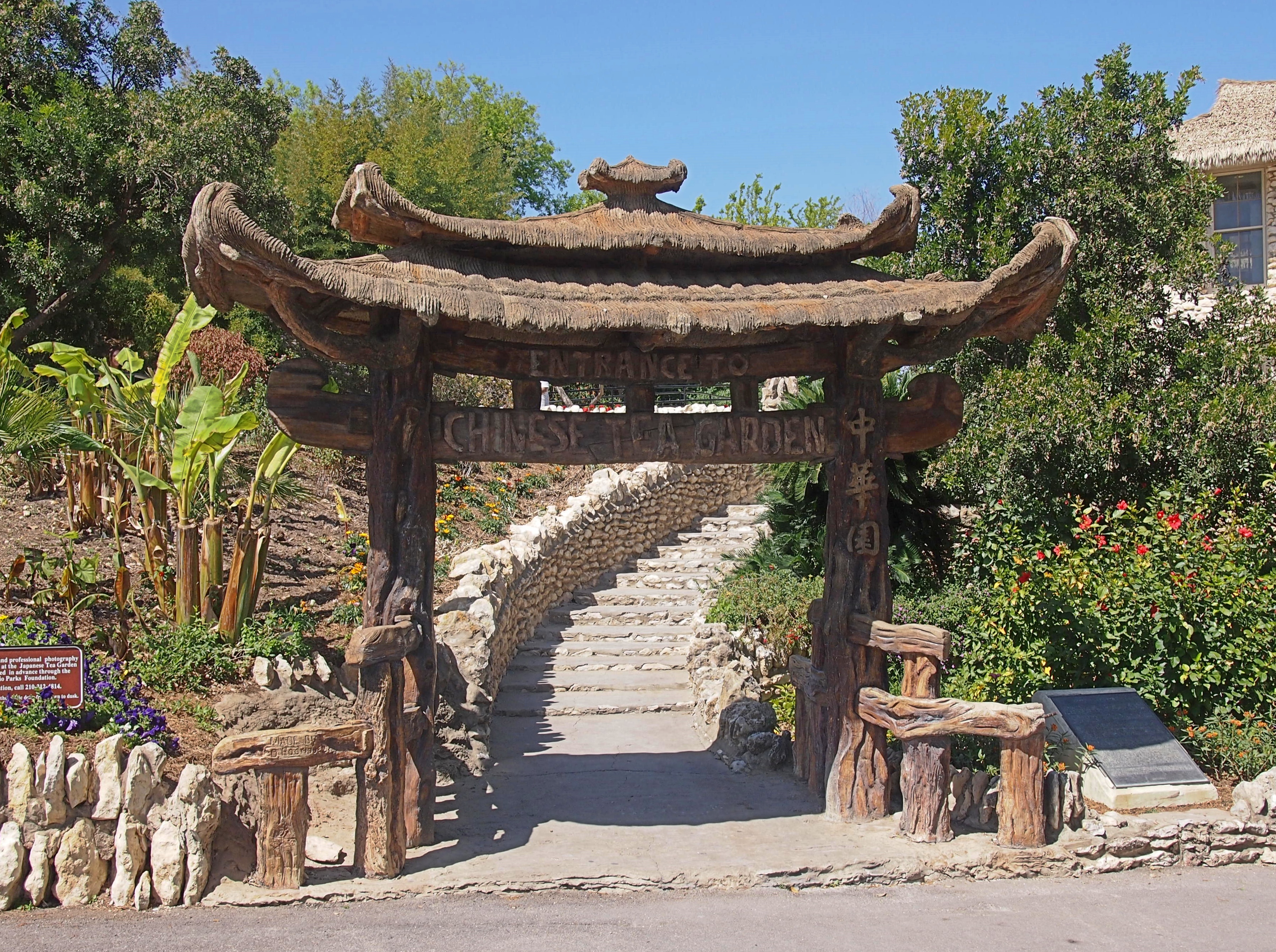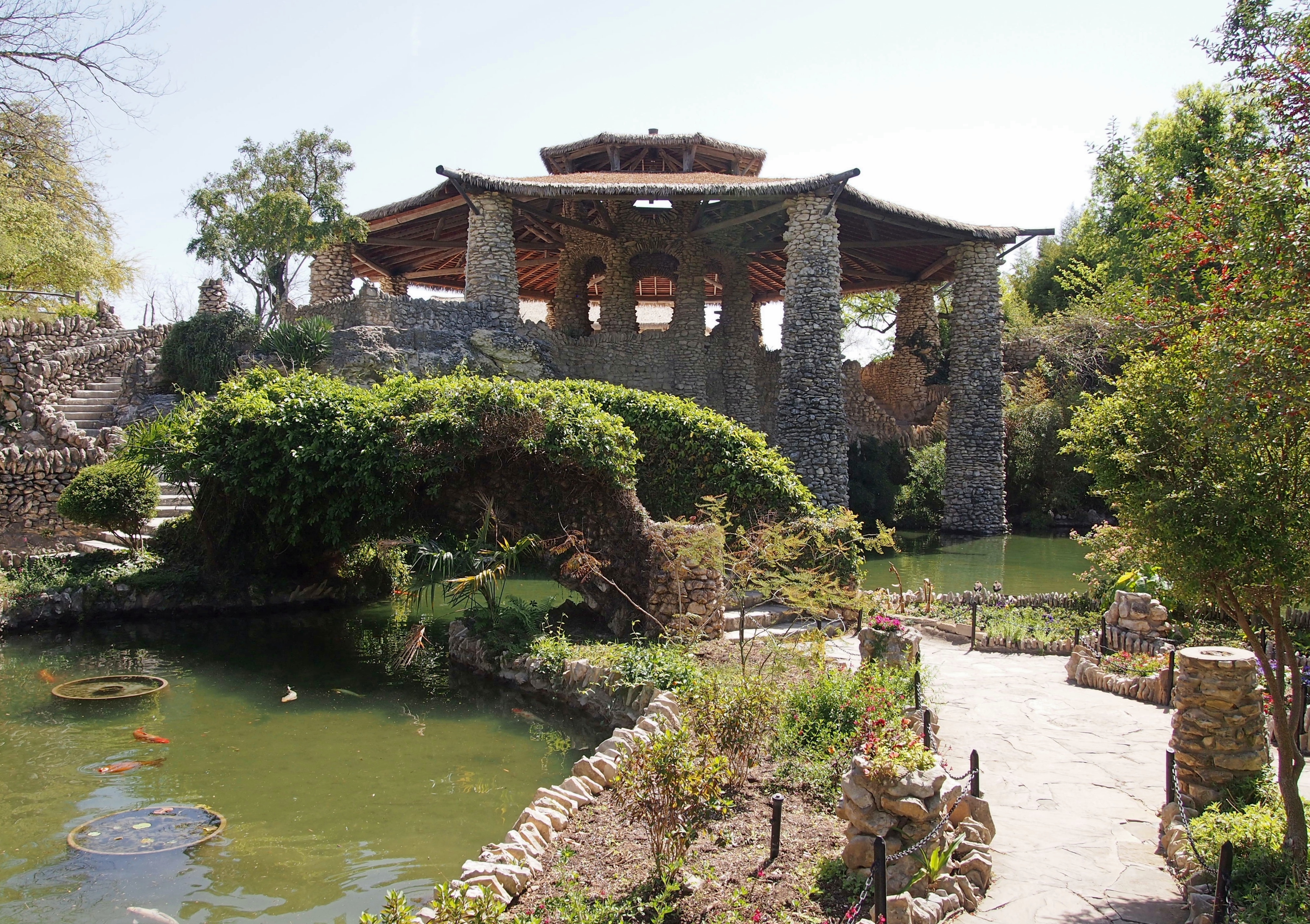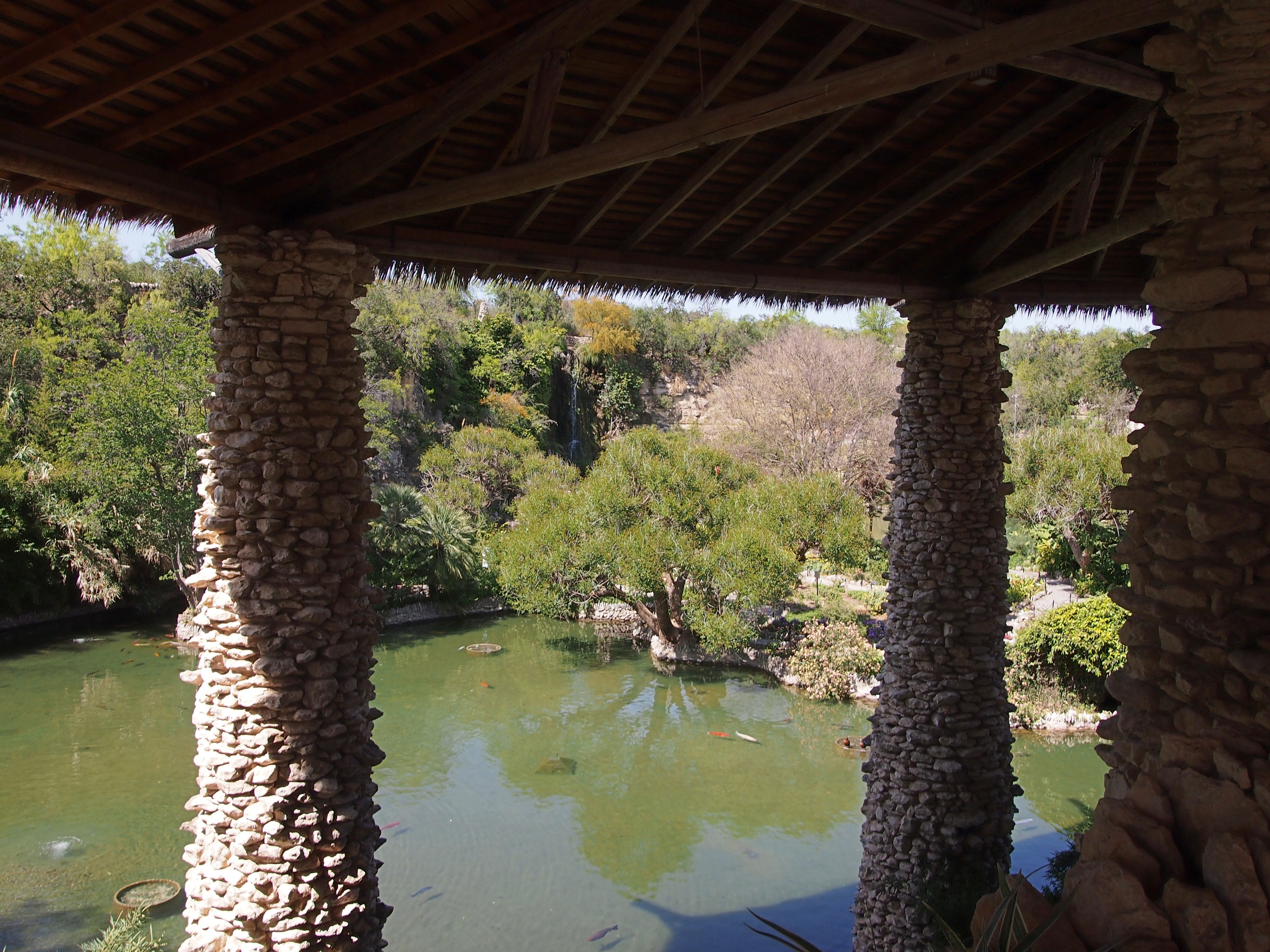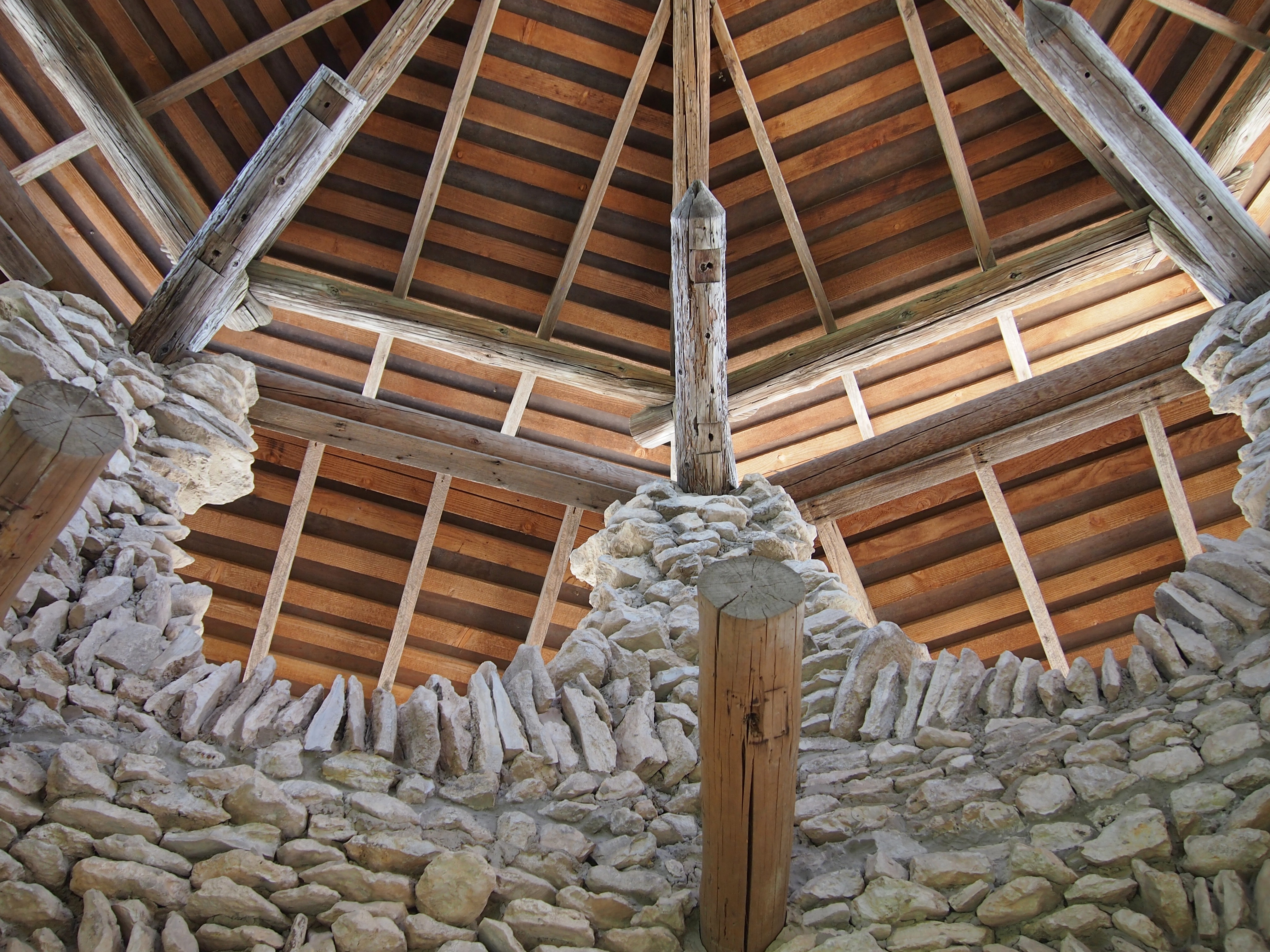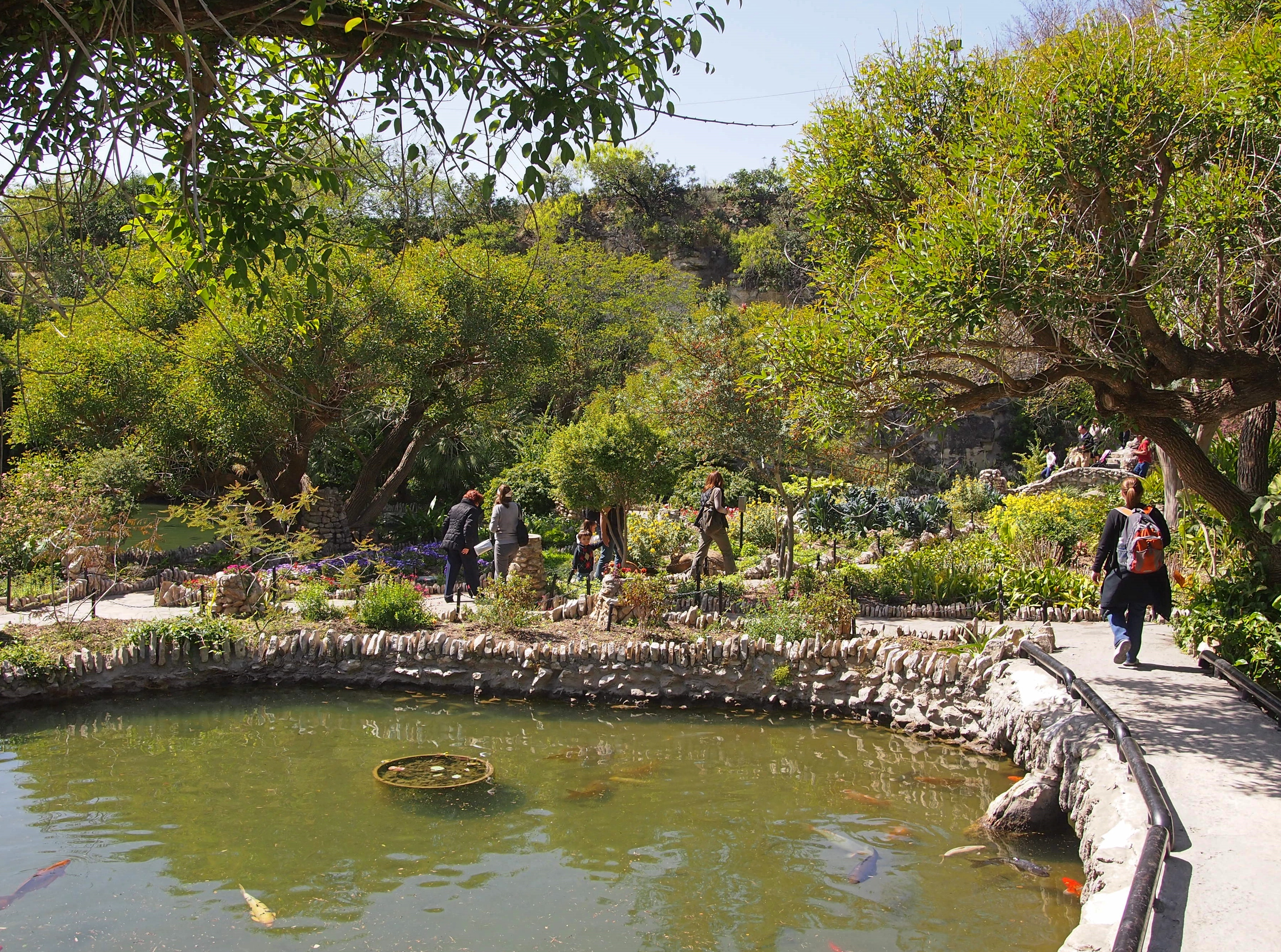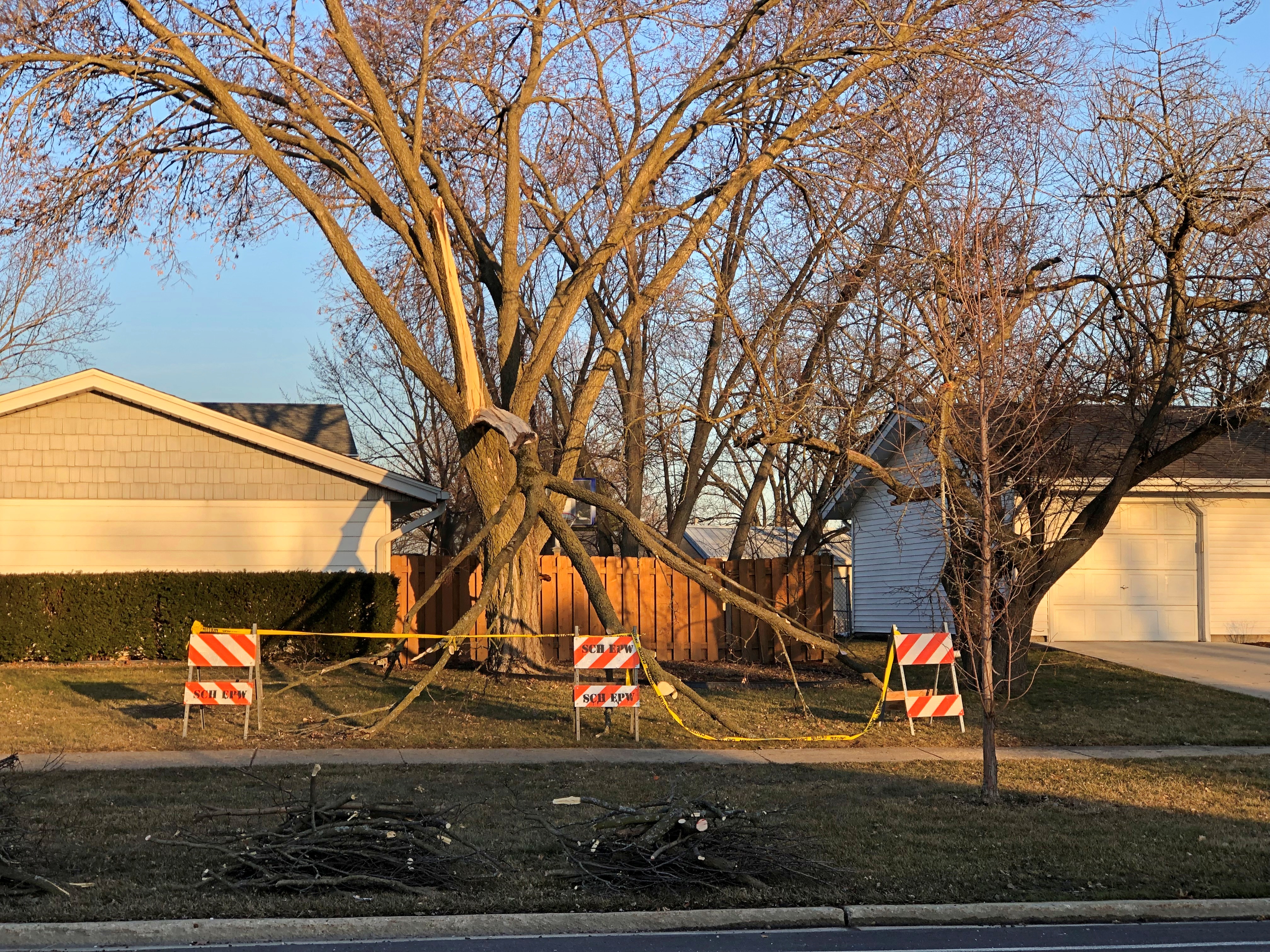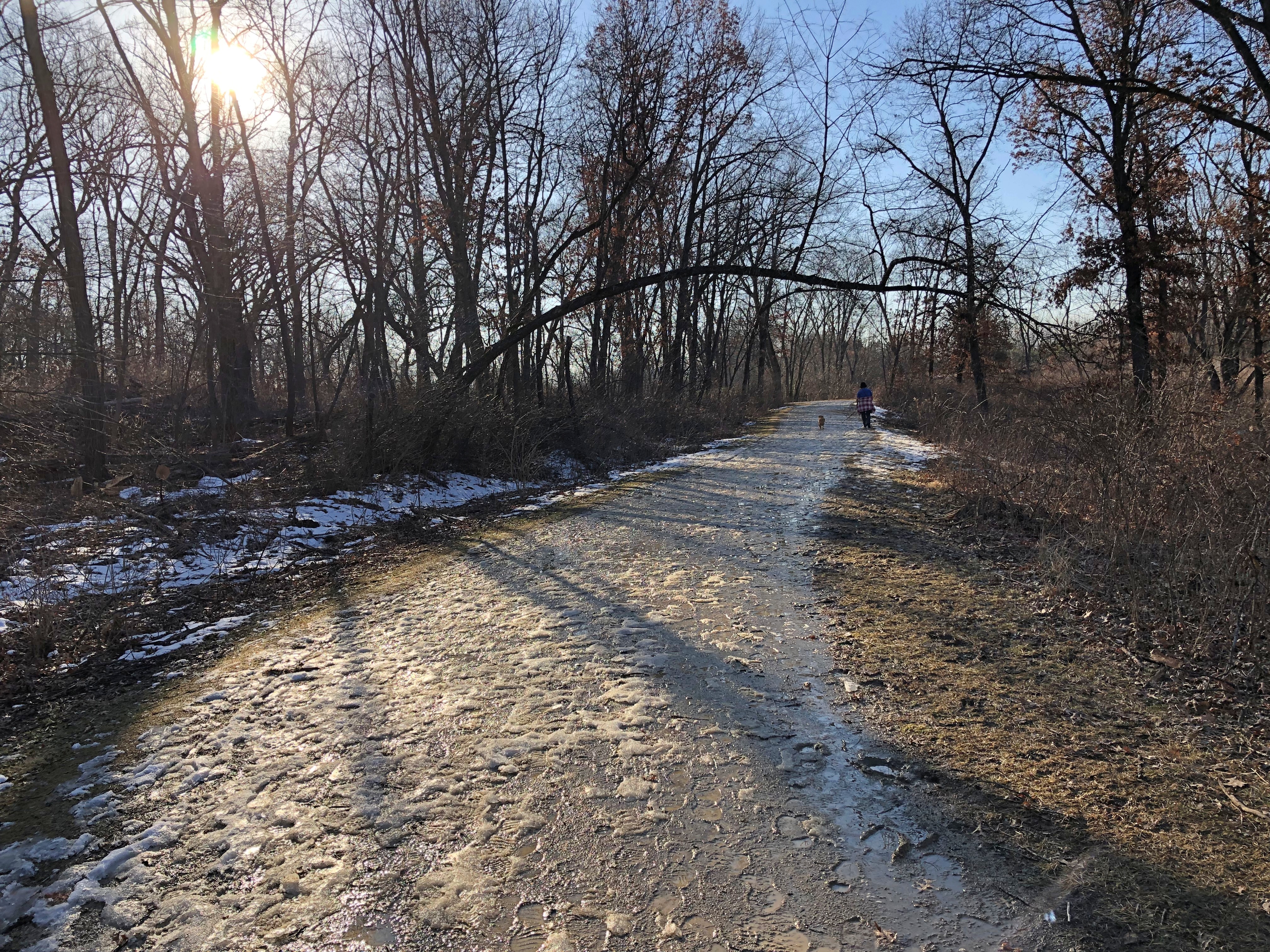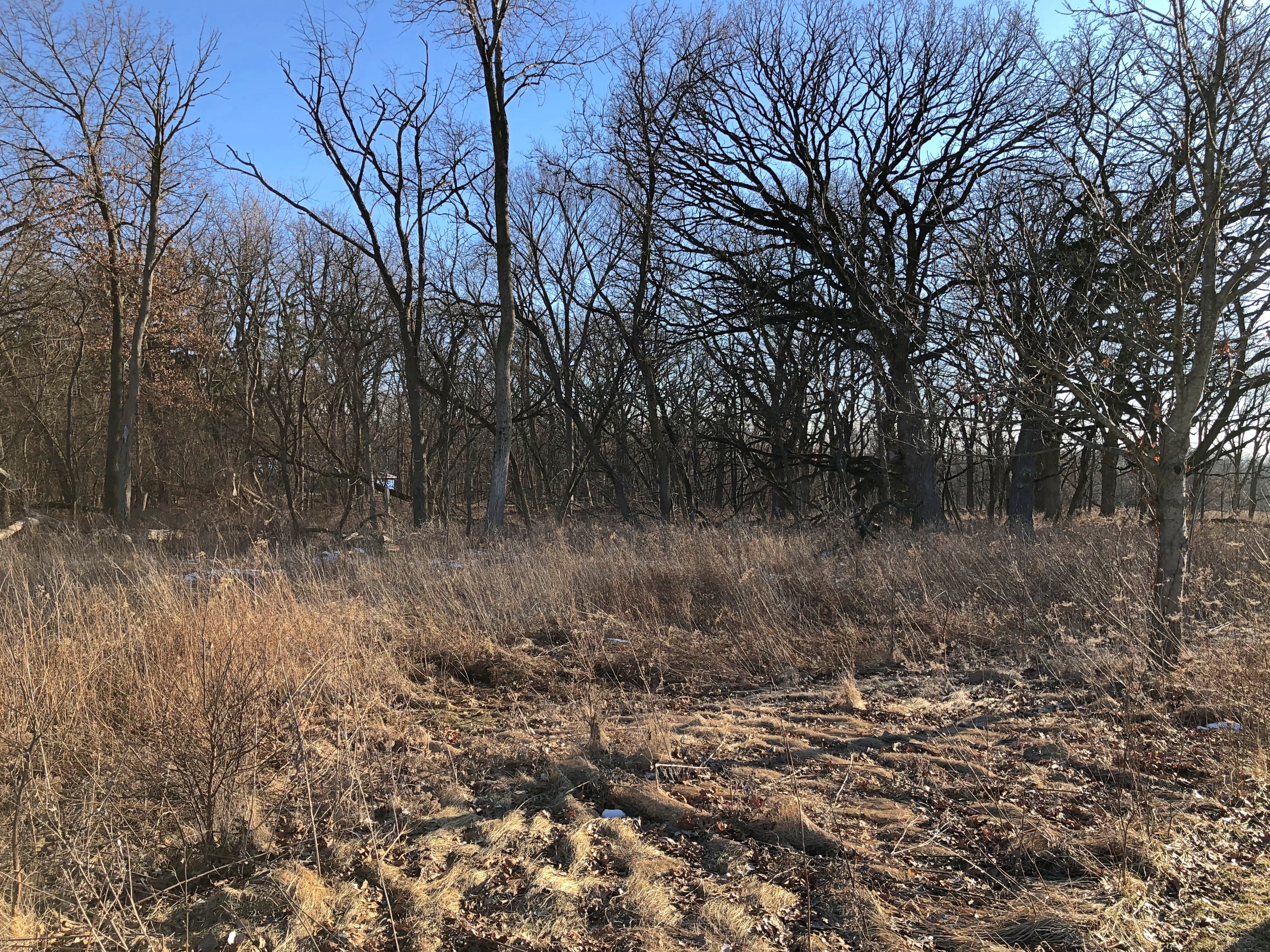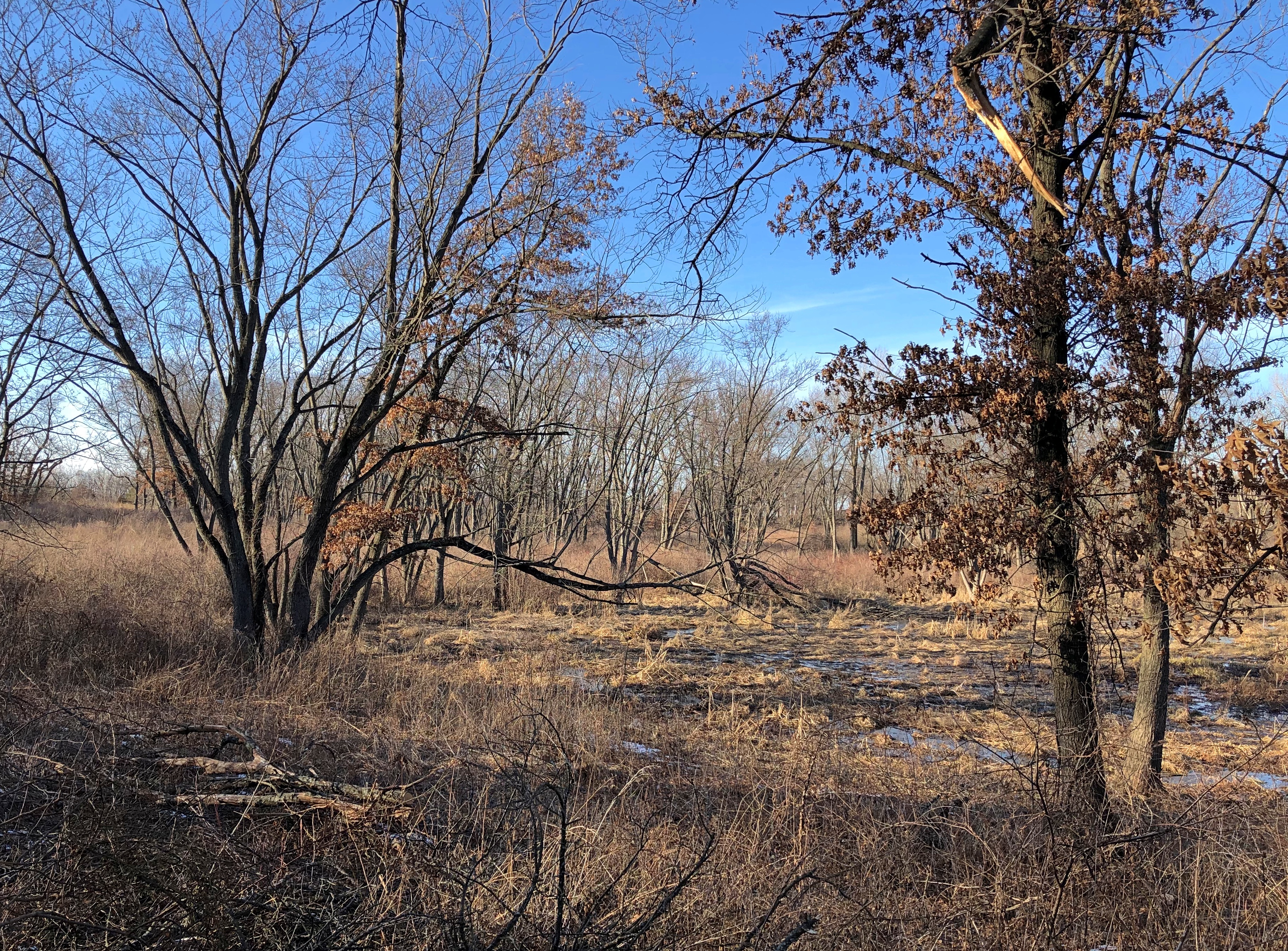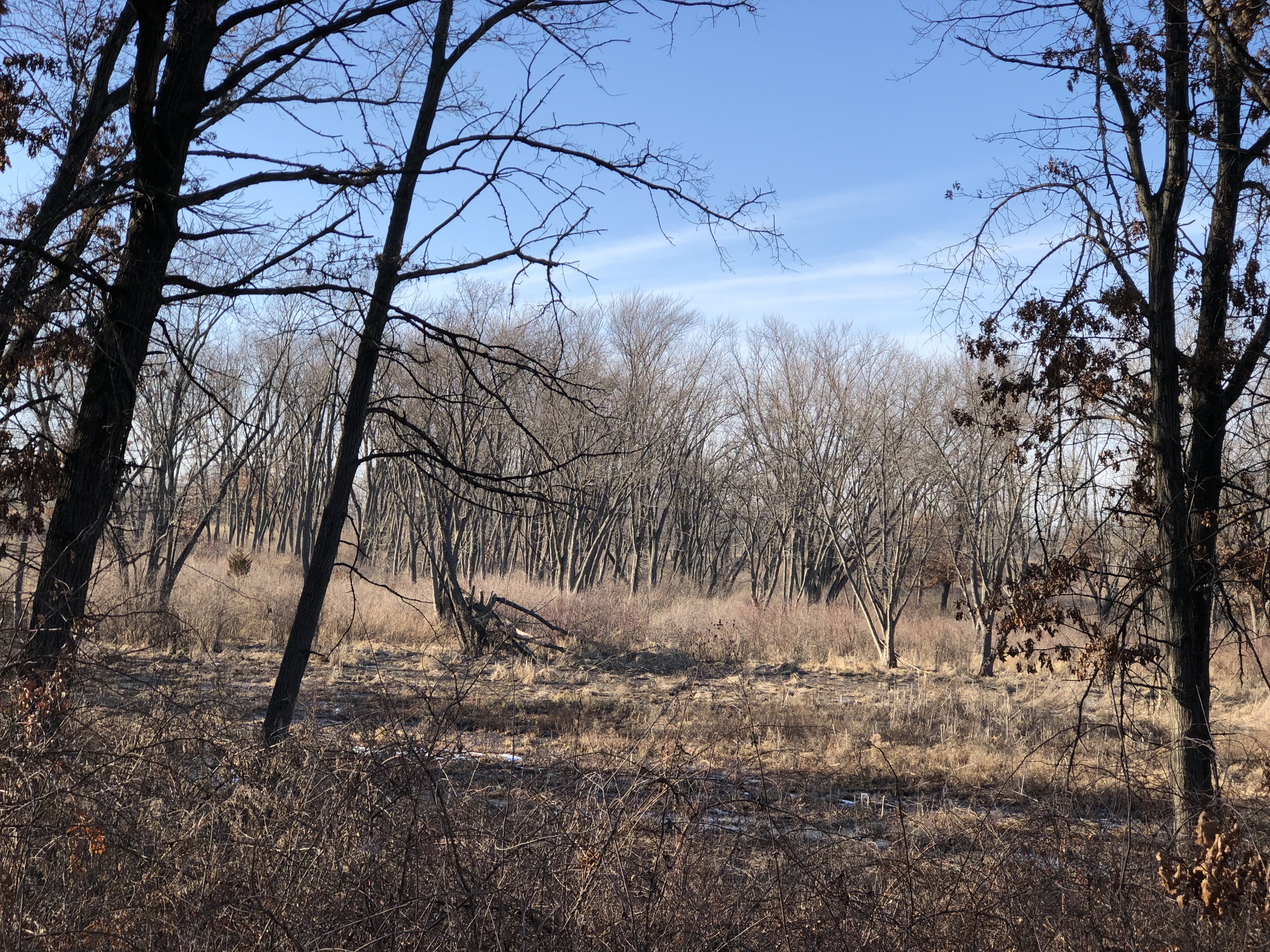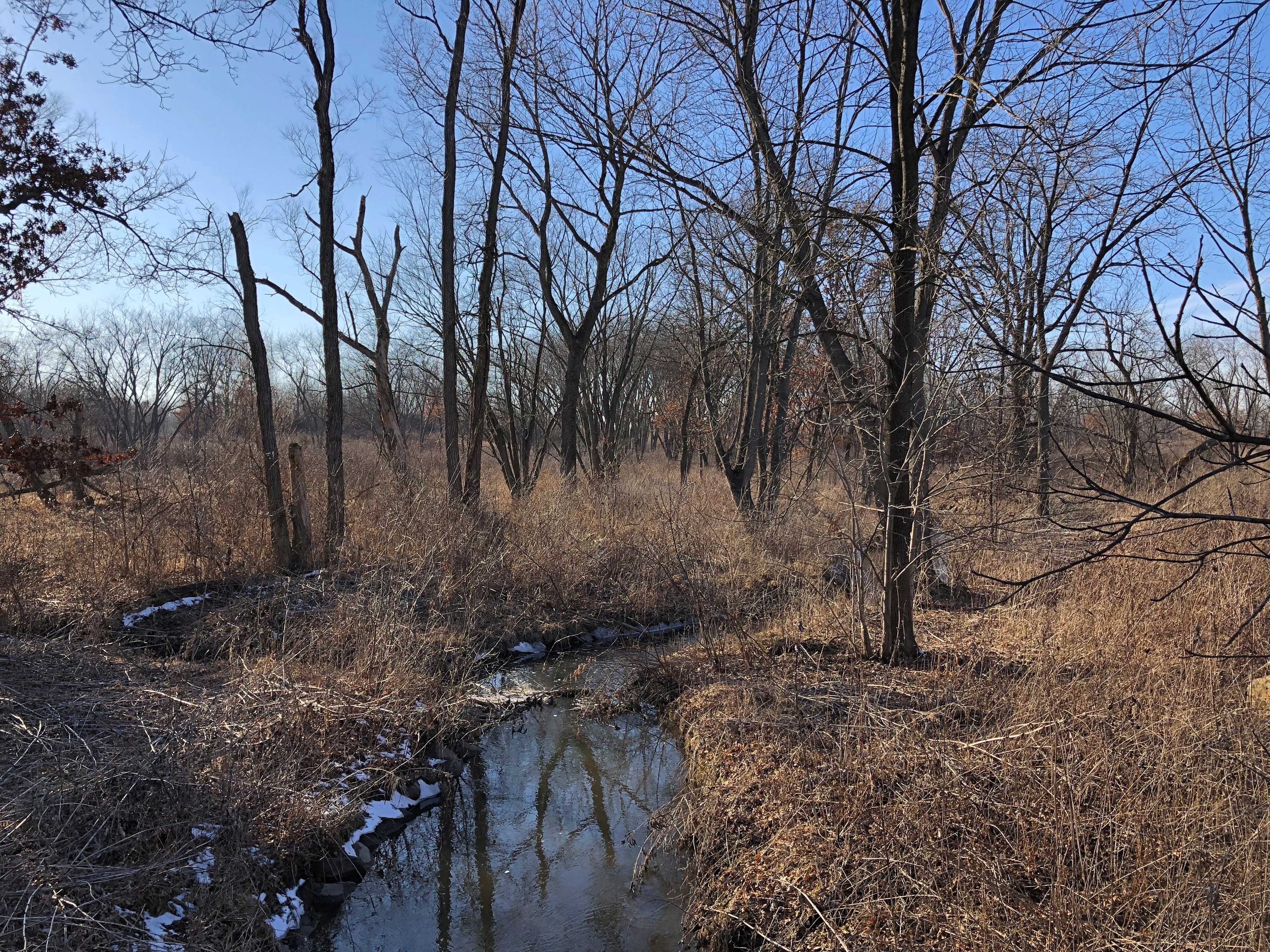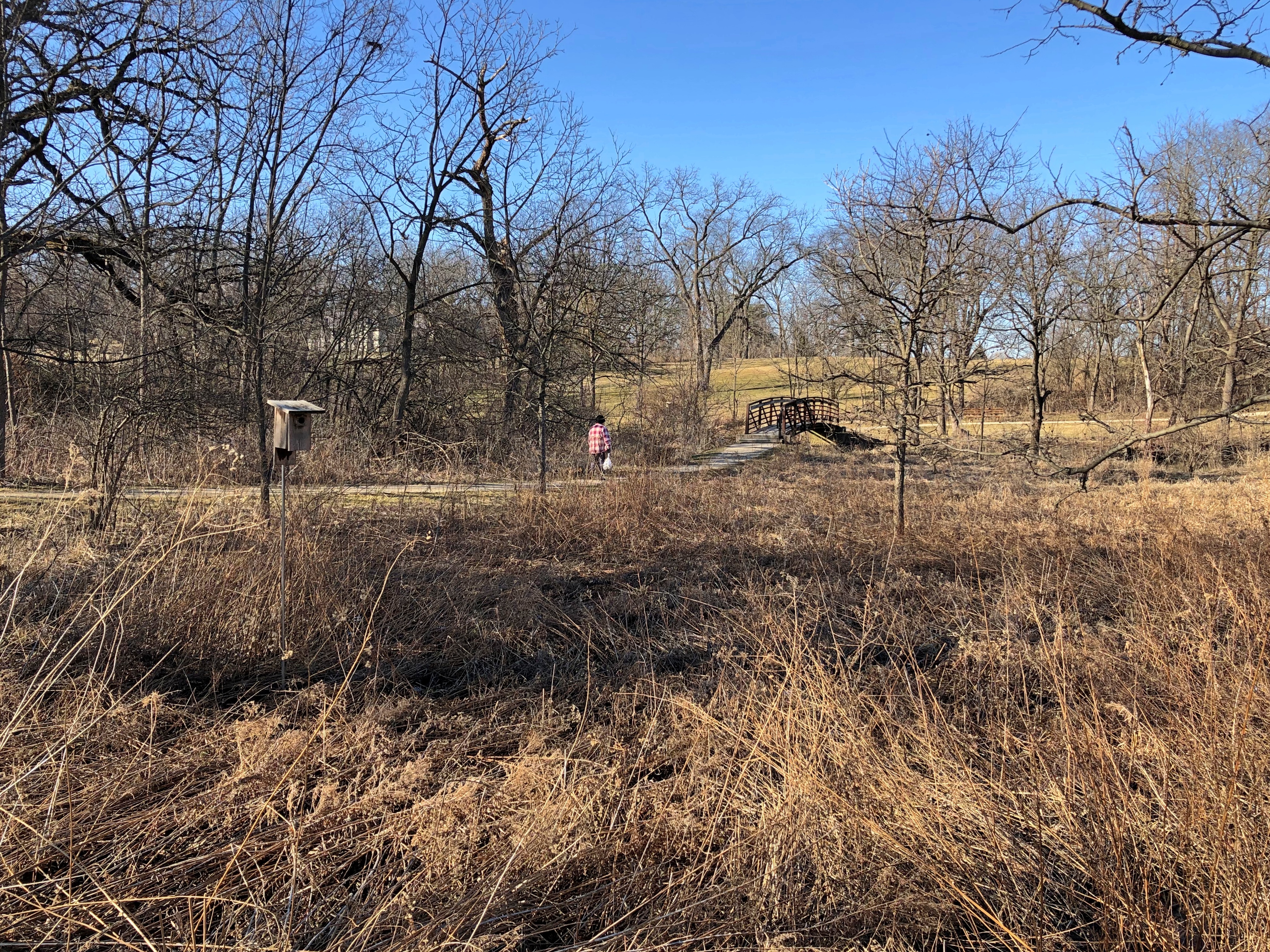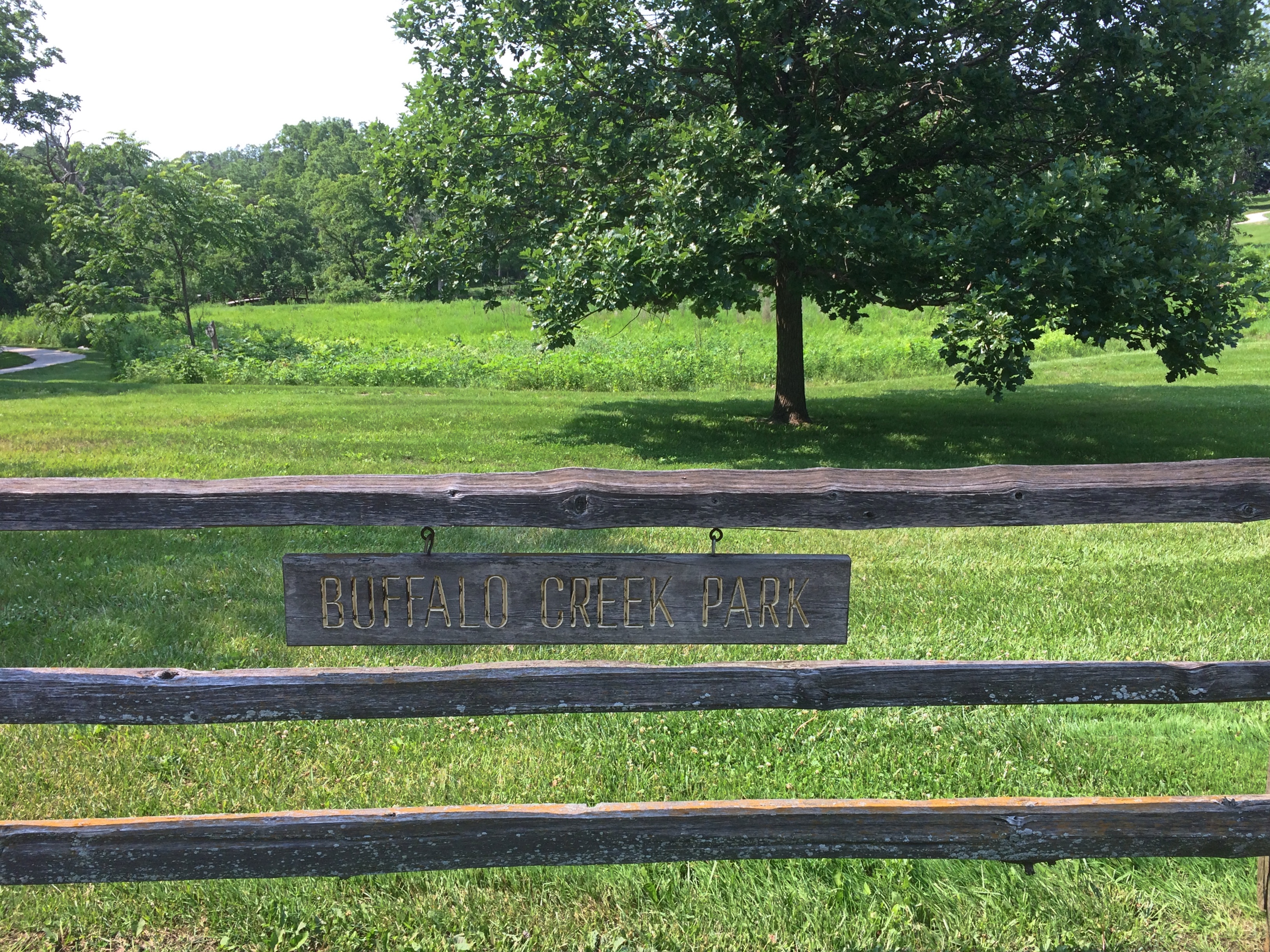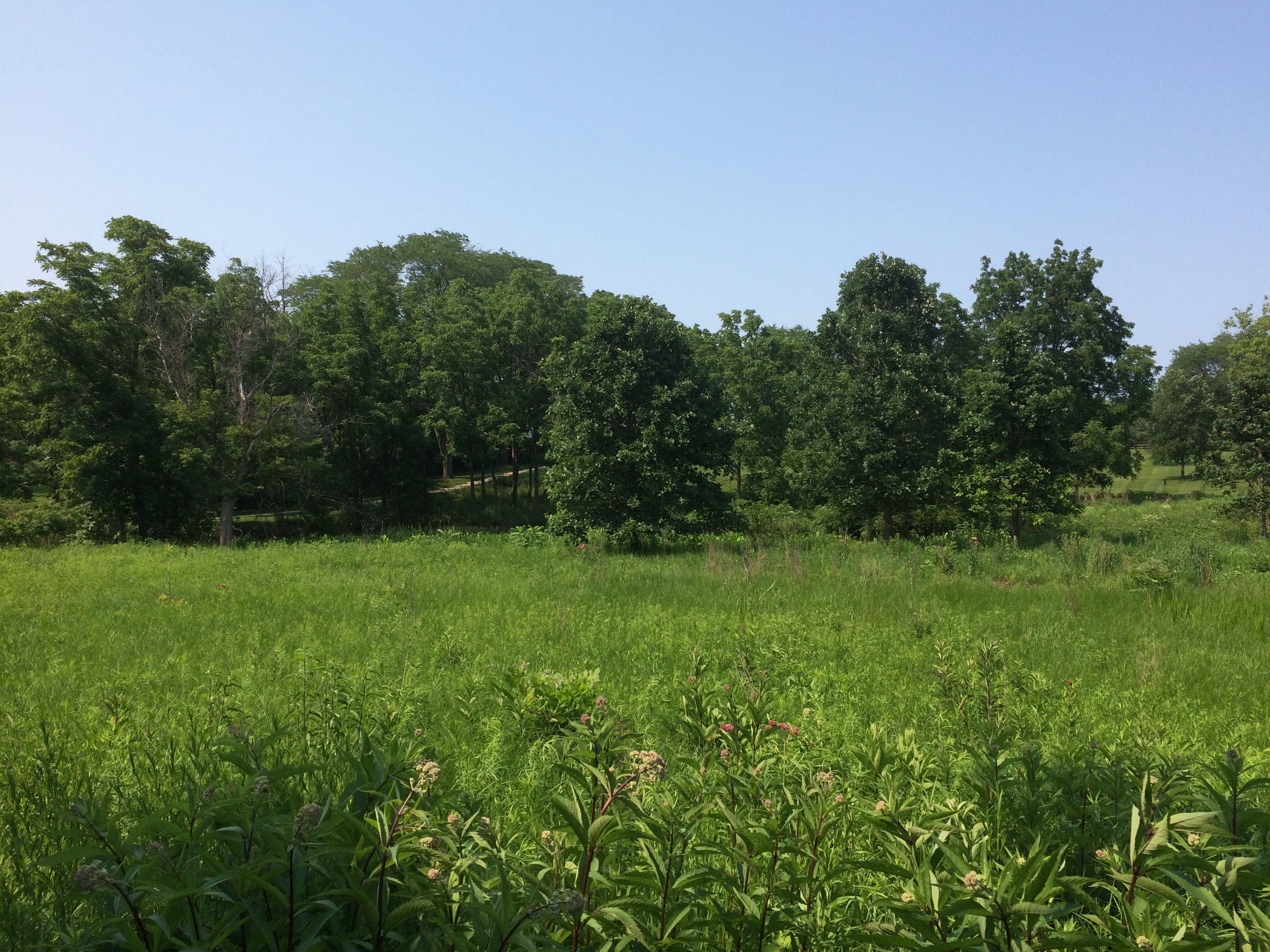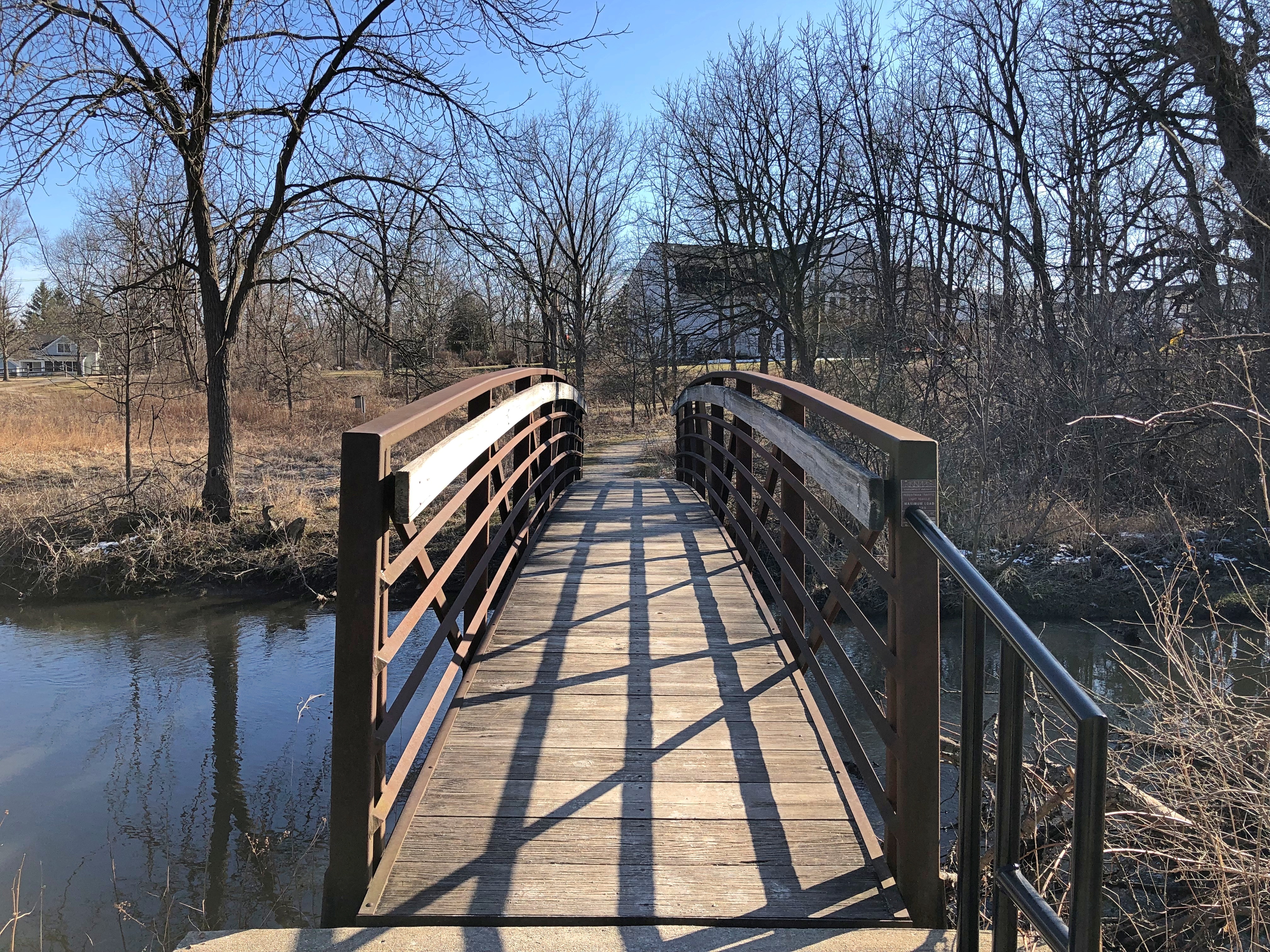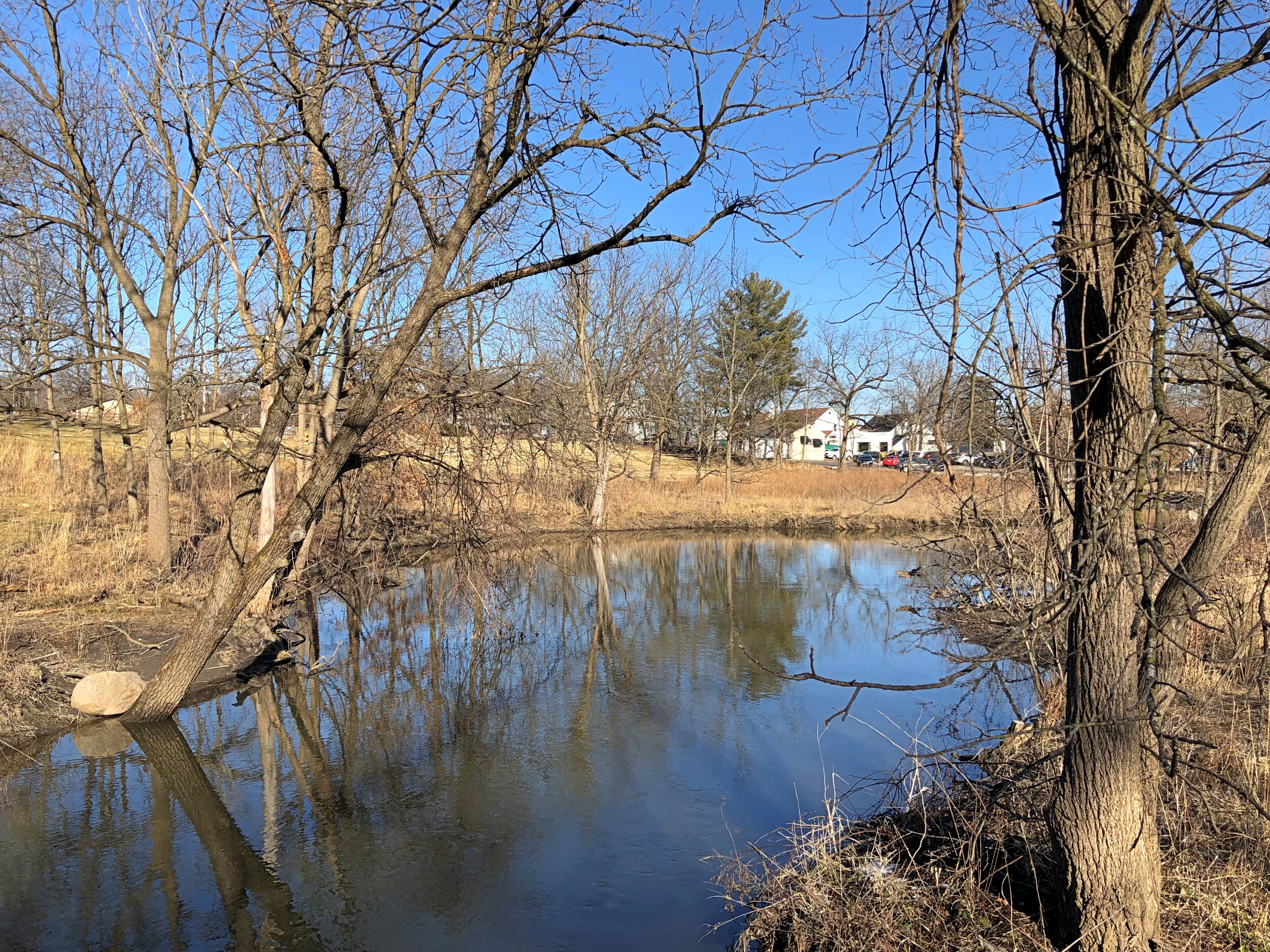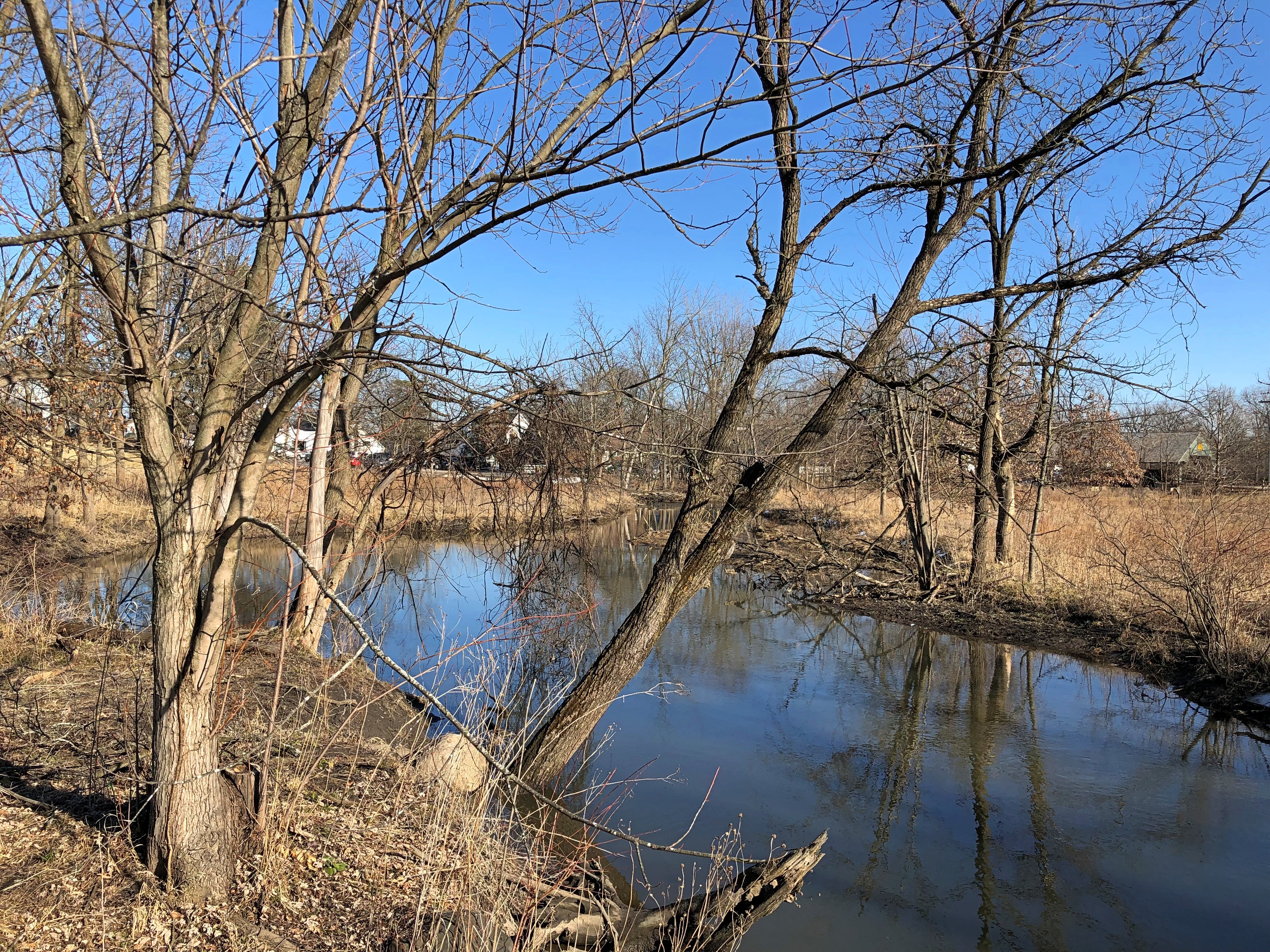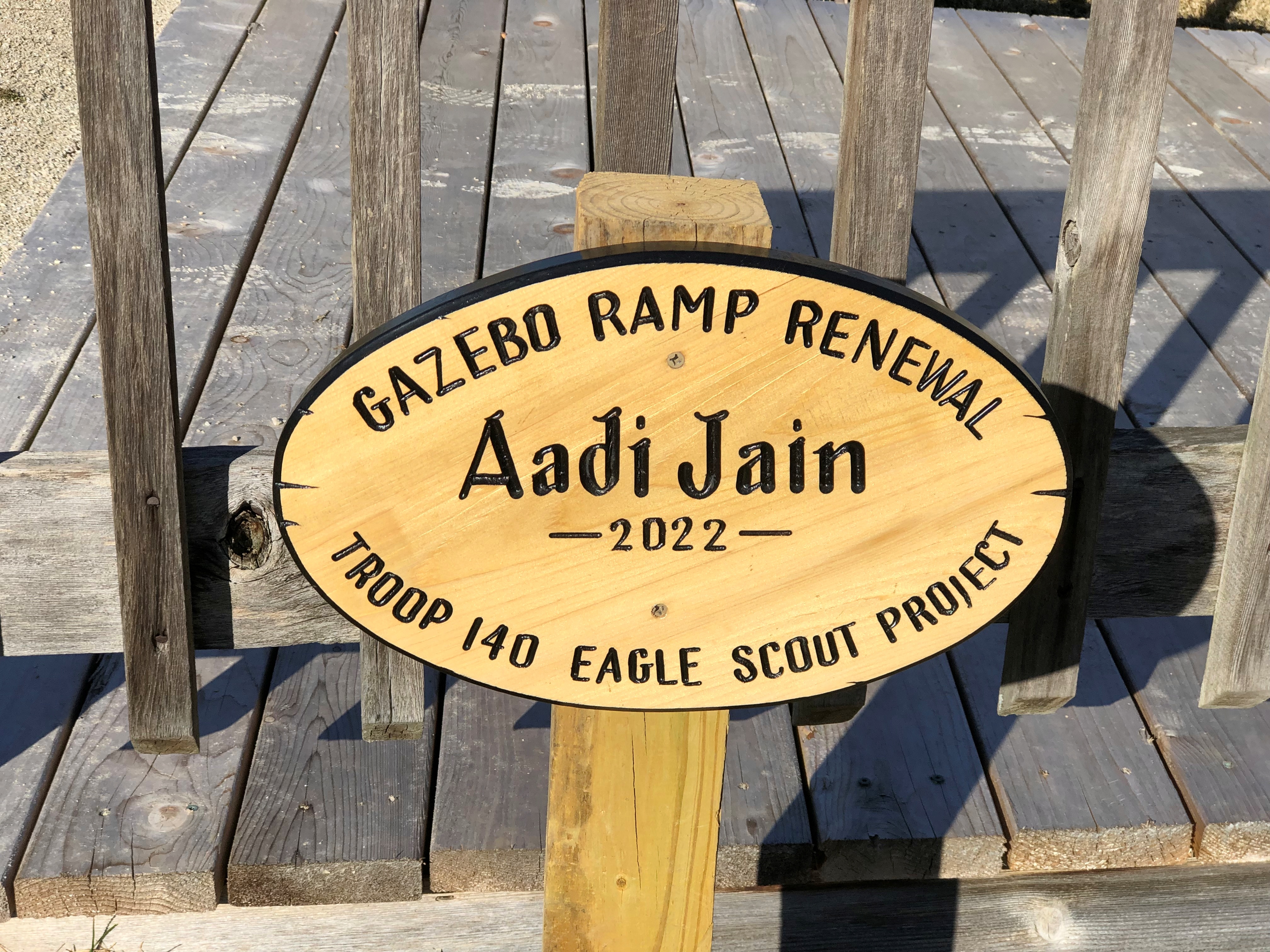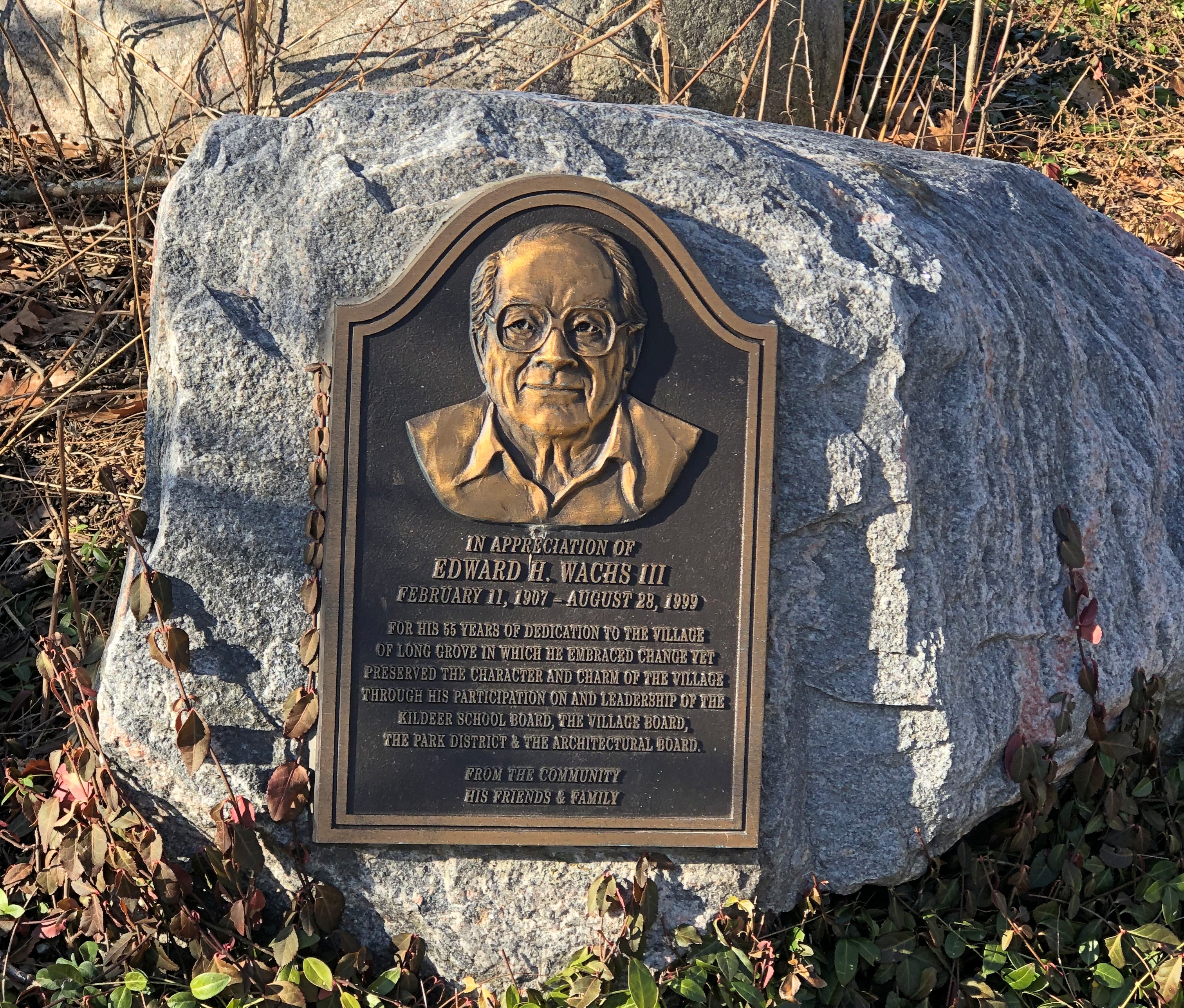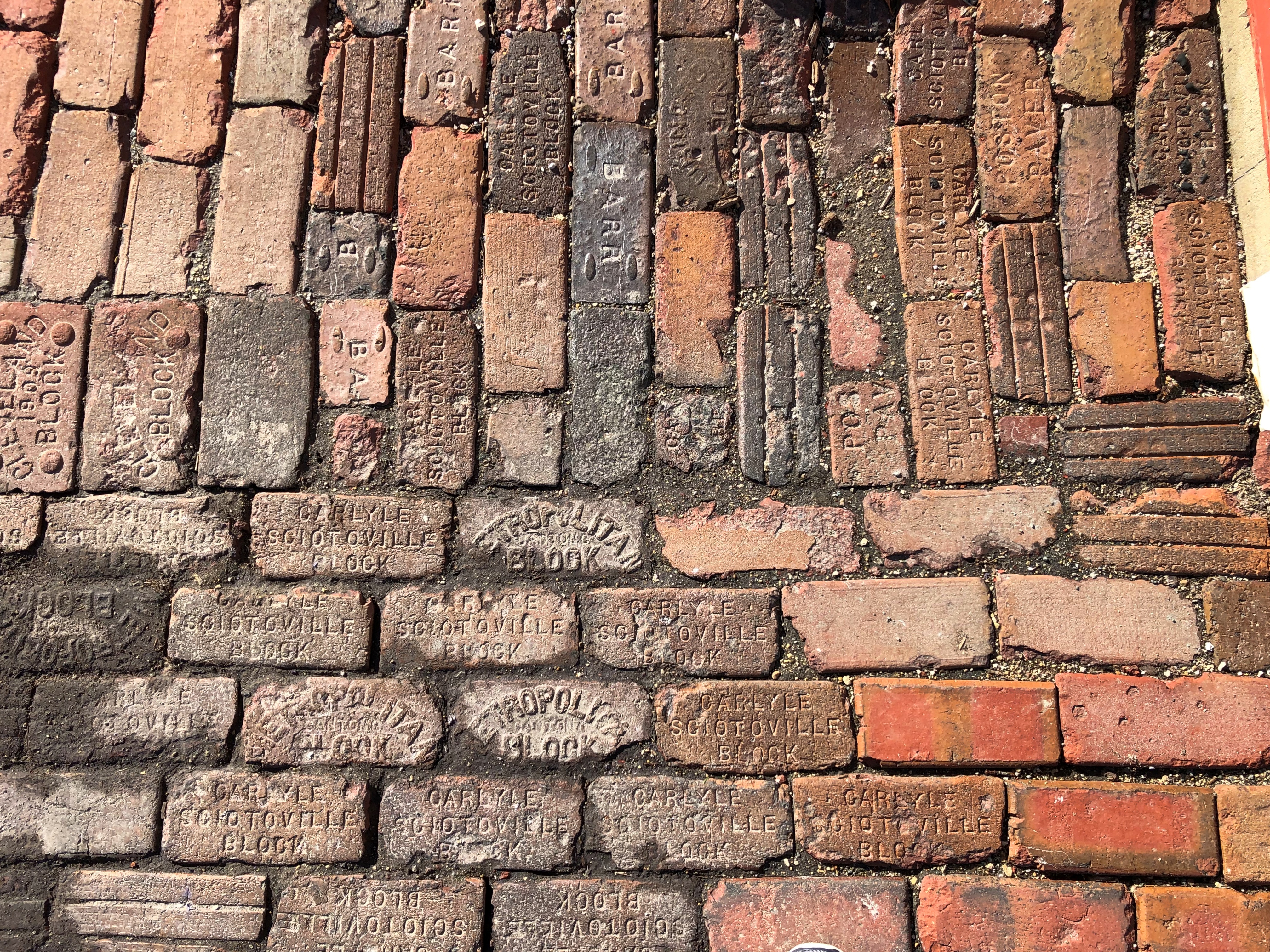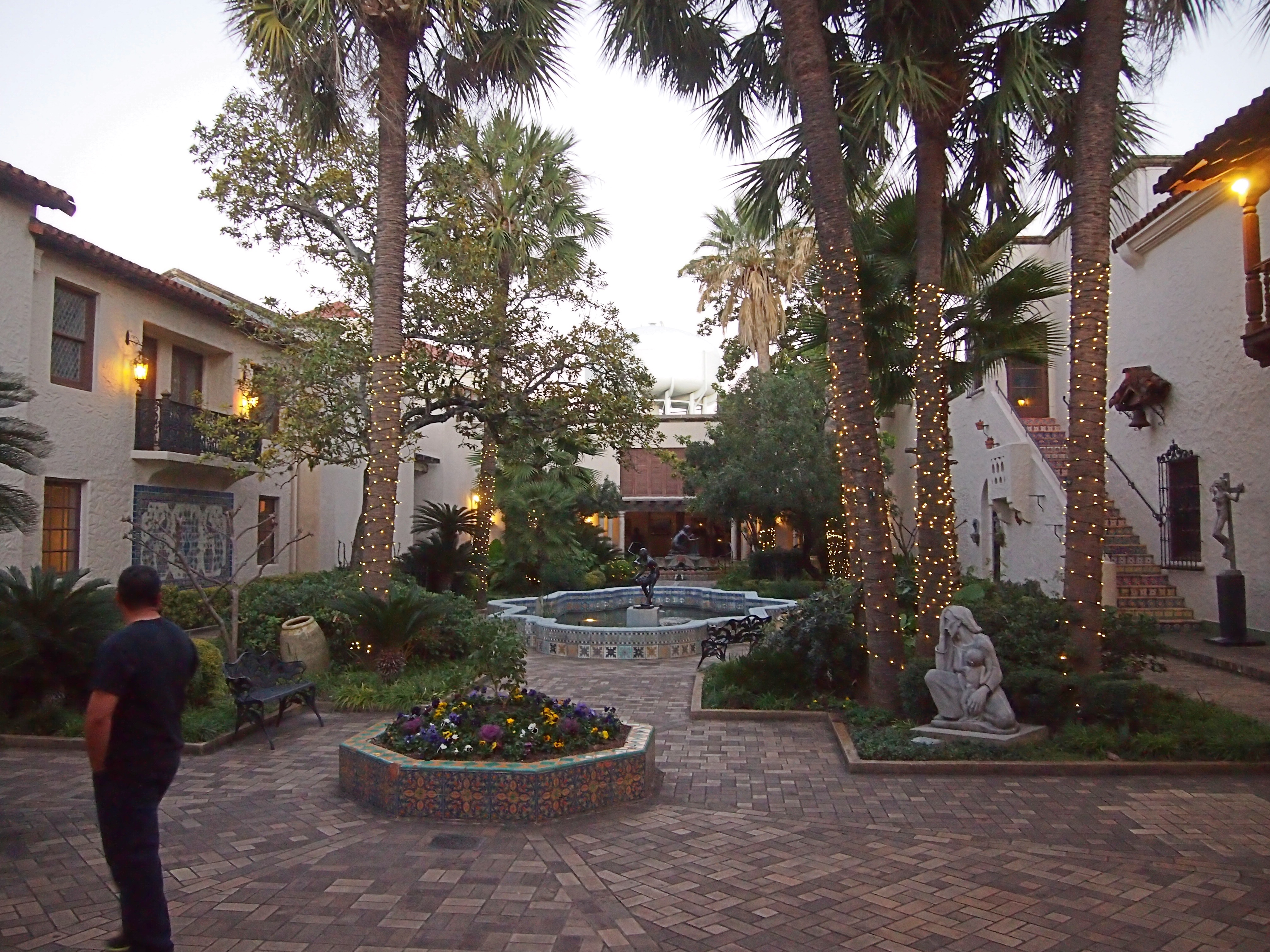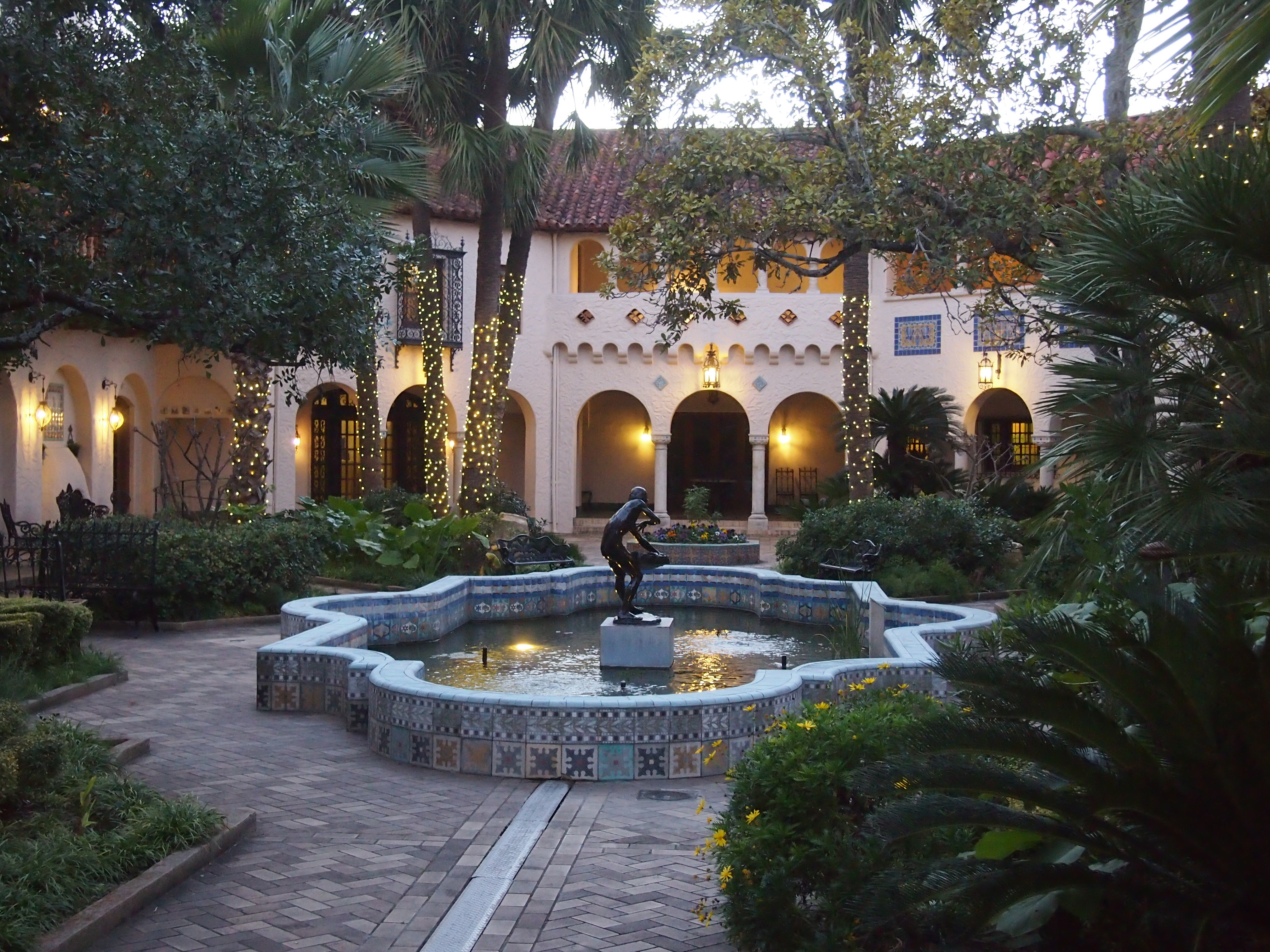Sometimes I use an automated transcription service. I feed it an audio recording – say, of an interview – and it spits out a transcript. The service touts the power of its AI. All the rage these days.
I found a reading of the Gettysburg Address by Orson Welles on YouTube. Obviously, it’s an analog recording with some imperfections. I recorded it as I would a phone conversation – producing a tape that isn’t high fidelity, but easily understandable for an English speaker. Then I let the transcription service have it.
Started out OK, then…
Four score and seven years ago, our fathers brought forth on this continent, a new nation, conceived in Liberty, and dedicated to the proposition that all men are created equal.
Now we are engaged in a great civil war, testing whether that nation or any nation, so conceived and so dedicated.
We met on a great faculty have
come to dedicate a portion of that field as a final resting place for those who hear, feed their lives, that that nation myglue
is all together sitting, we should do this.
In a larger sense,
we cannot dedicate,
we cannot consecrate
we cannot tell
the brave men living and
consecrated far above our power to add or detract.
The world will little note nor long remember what we say here.
I can never forget
it is for us, the living rather to be dedicated here to the unfinished work which failed here.
far so nobly advanced.
It is shrouded for us to be here dedicated to the great past remaining before us.
Honored
to take increased devotion for that was
the last measure of devotion.
We hired to resolve
these debts from outside in
this nation
shall have a new freedom
government
by the people,
for the people
Still a few bugs in the system, looks like.
To be fair, when I did this test again, but with the service transcribing the speech as it “listened” to the video play, the results were much better. Not flawless, but not bad.

